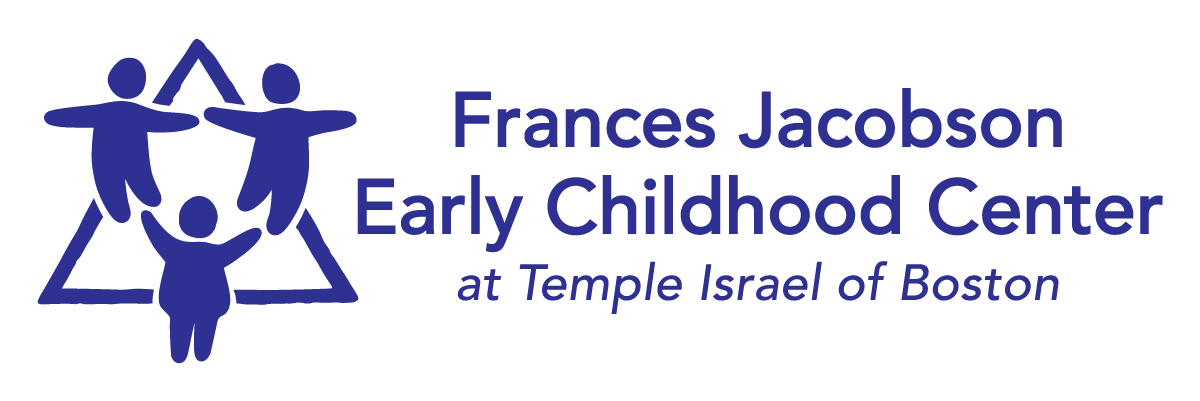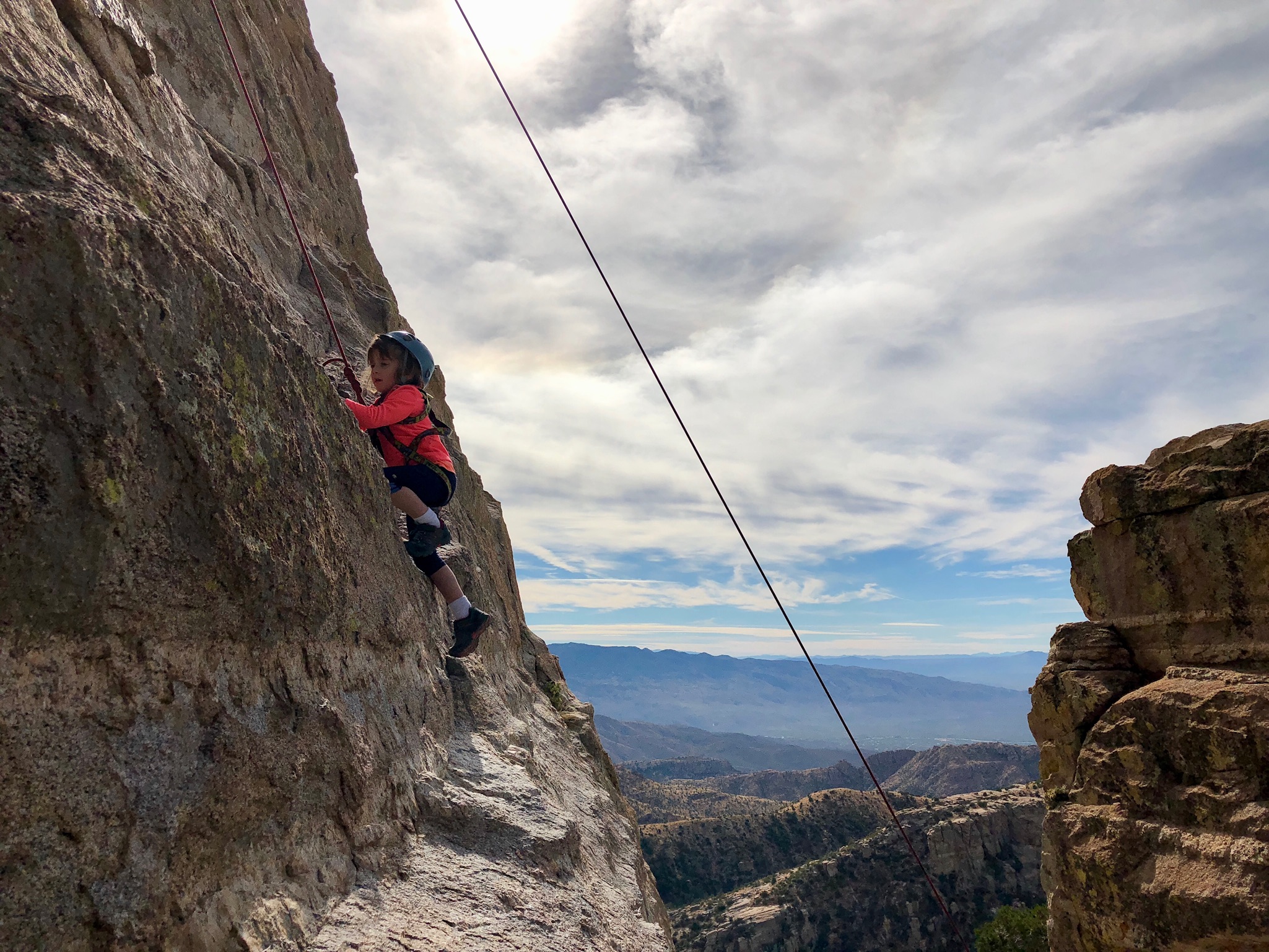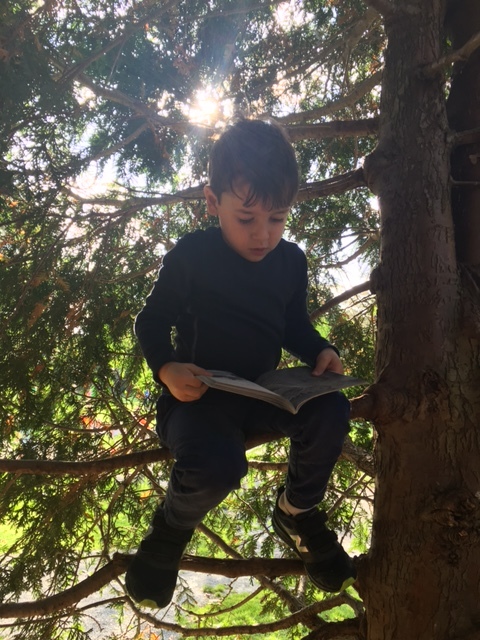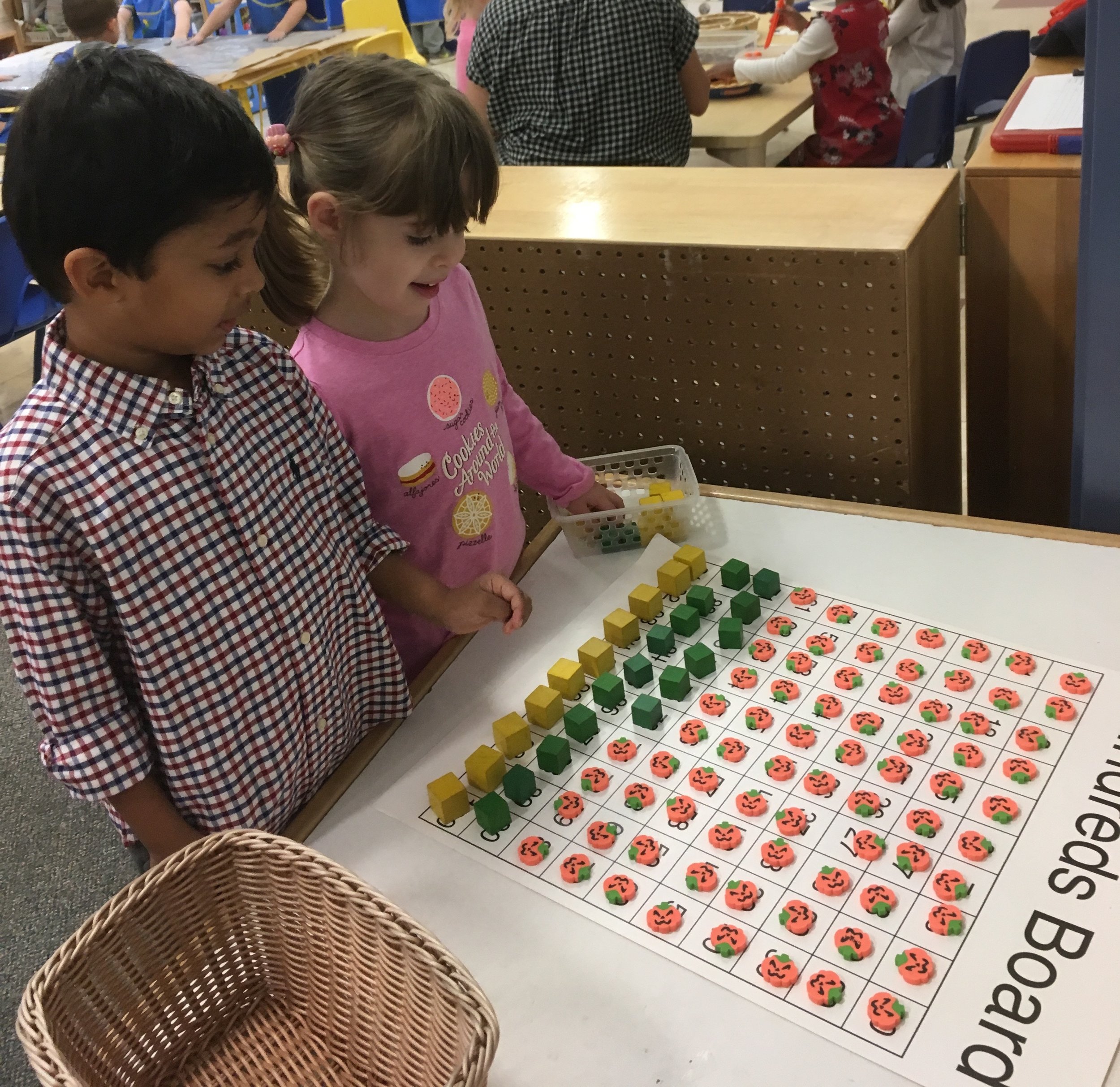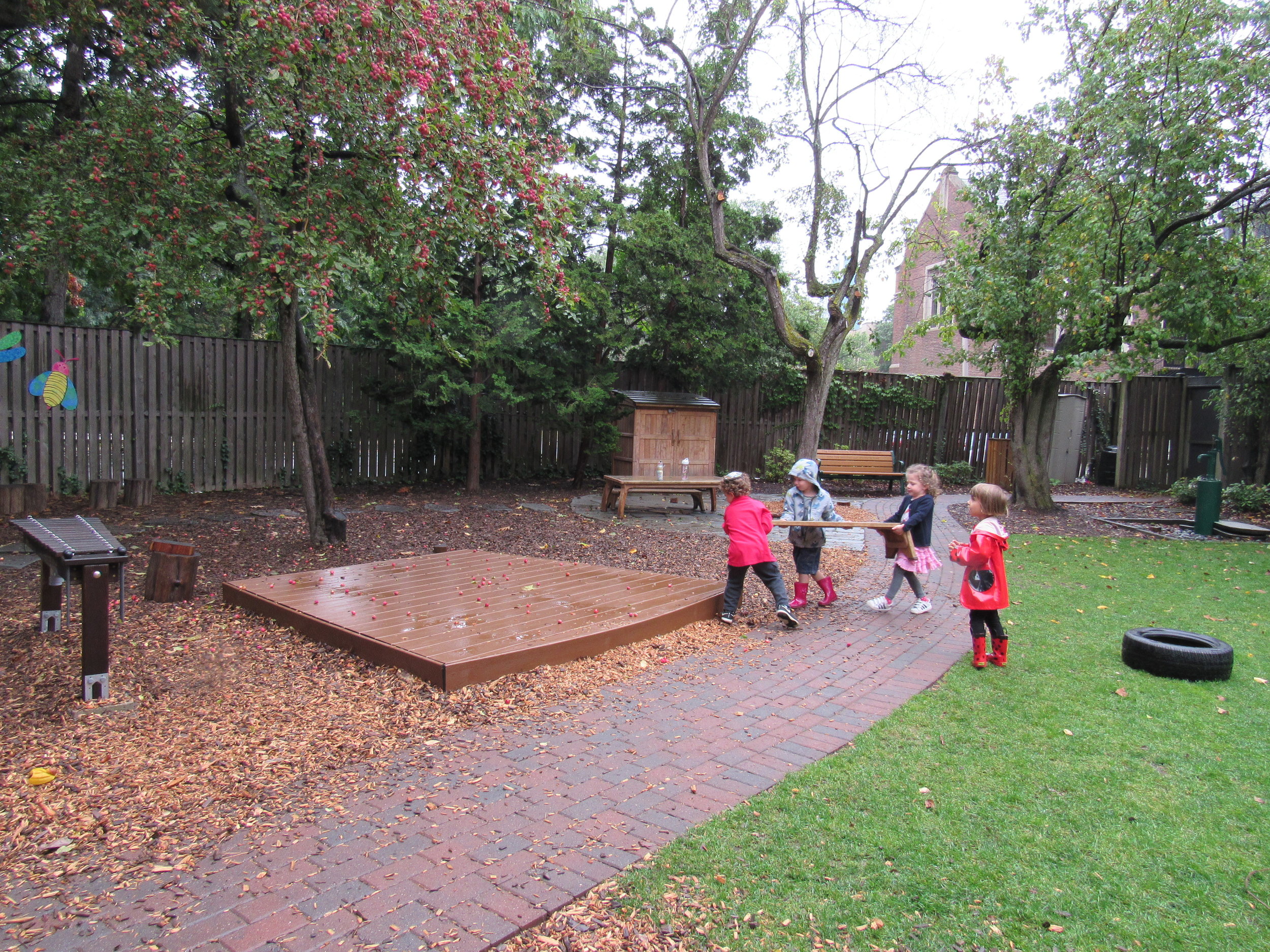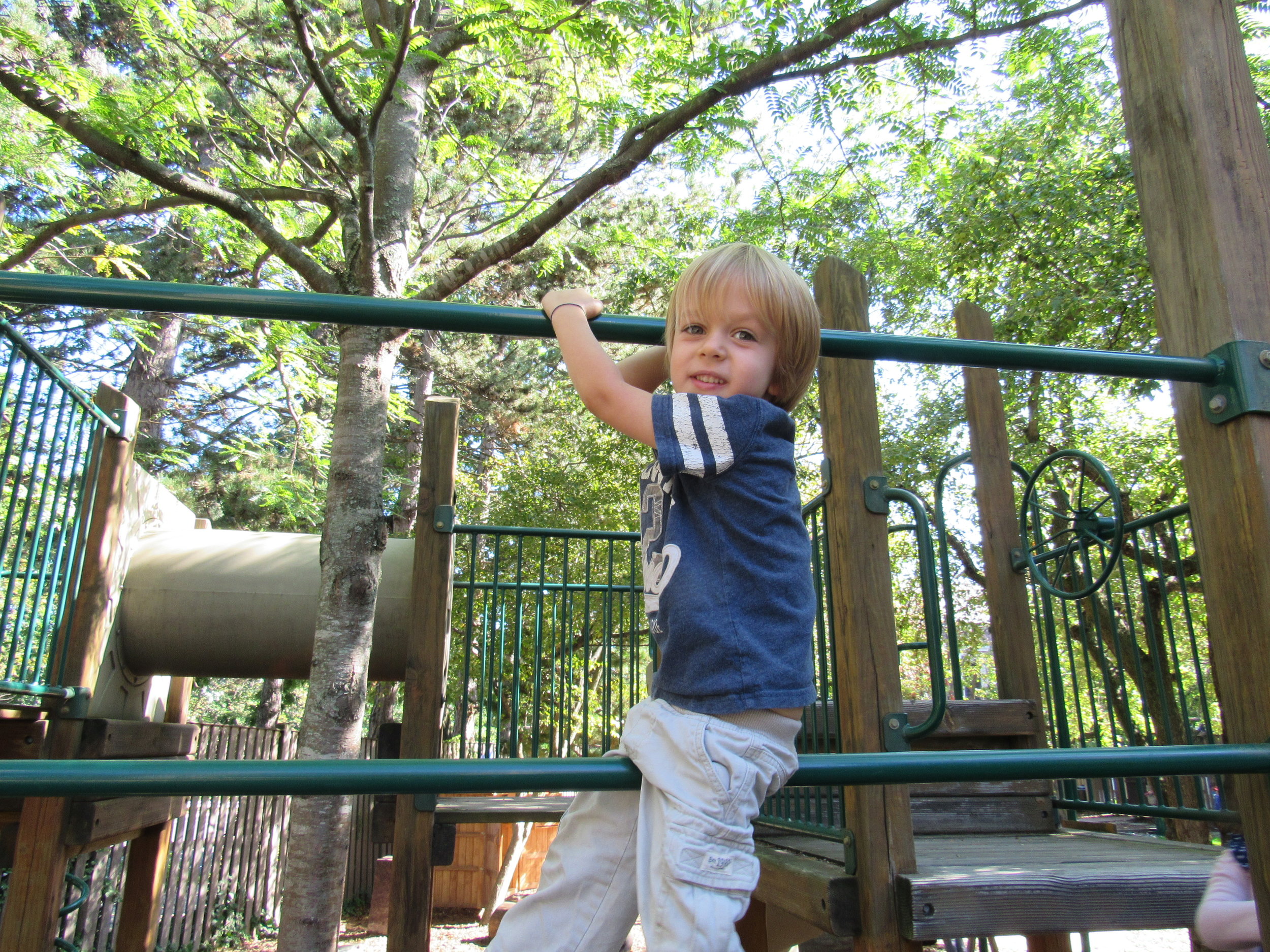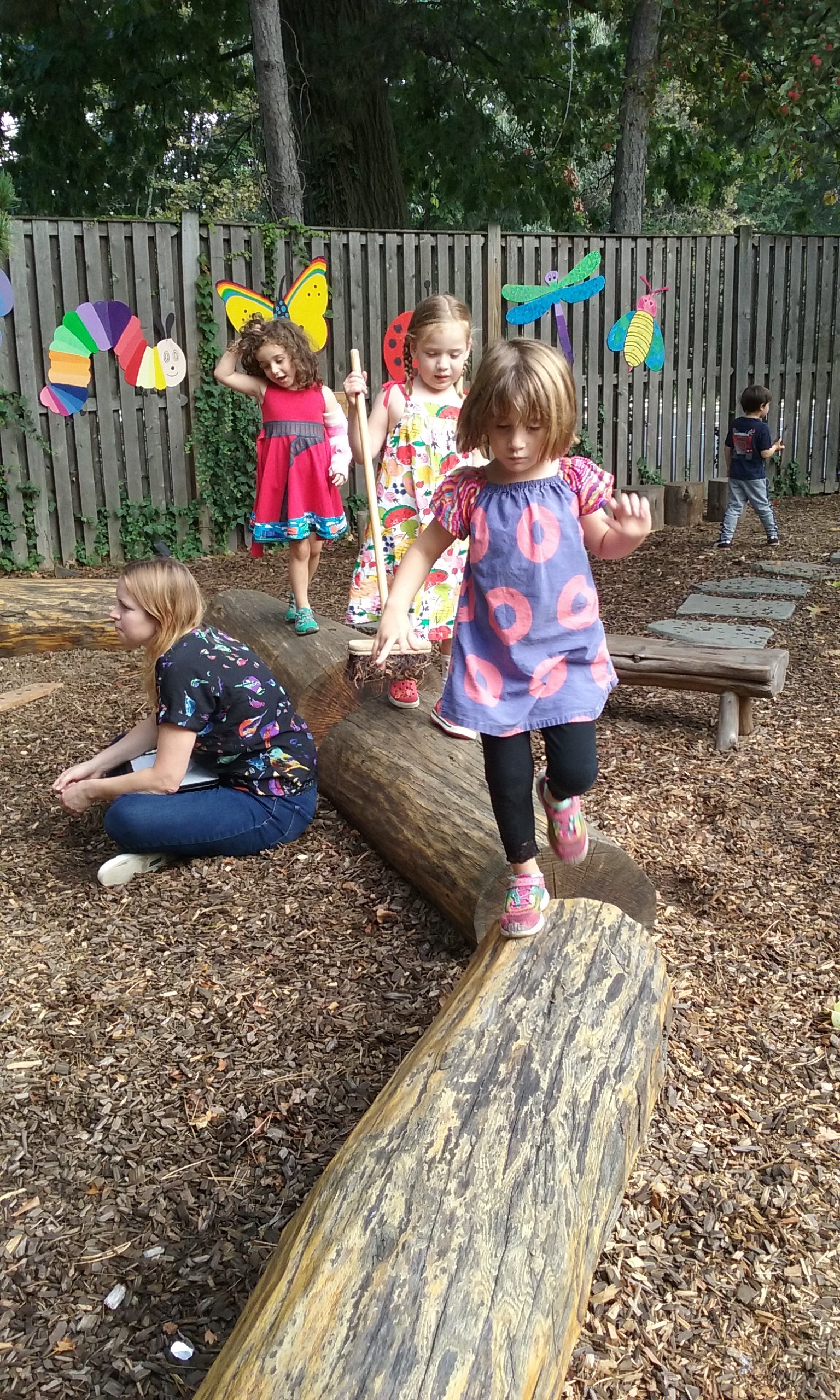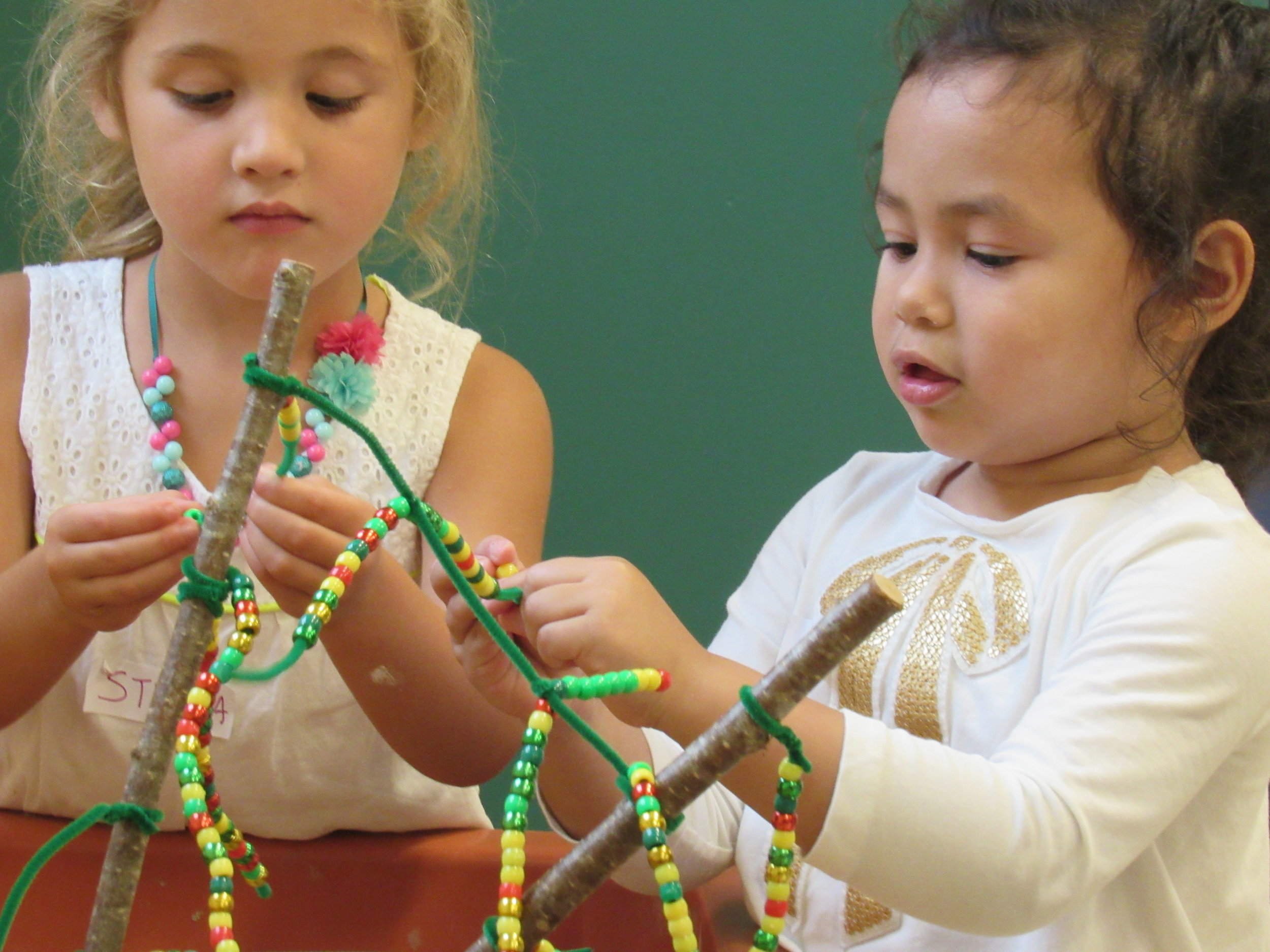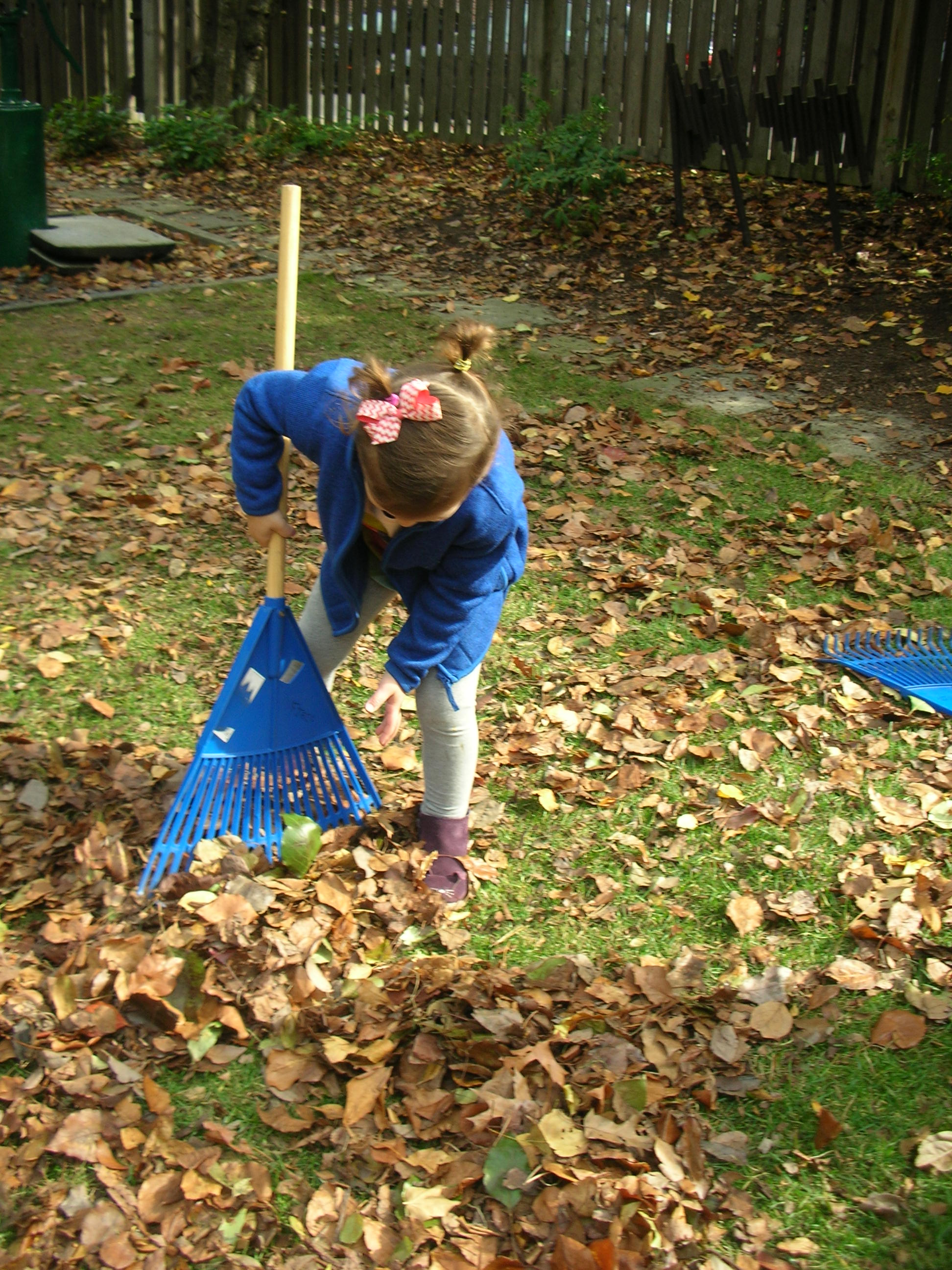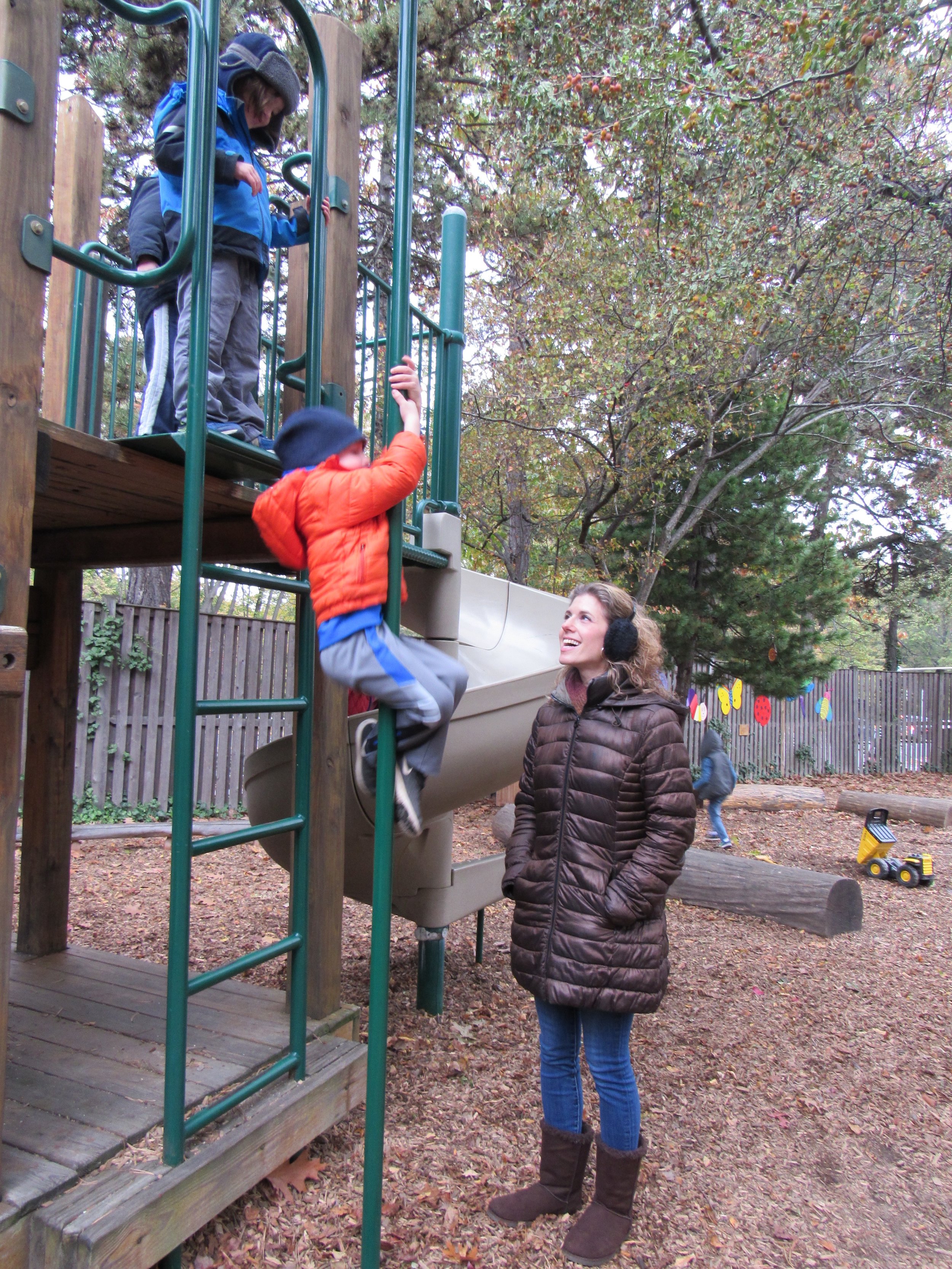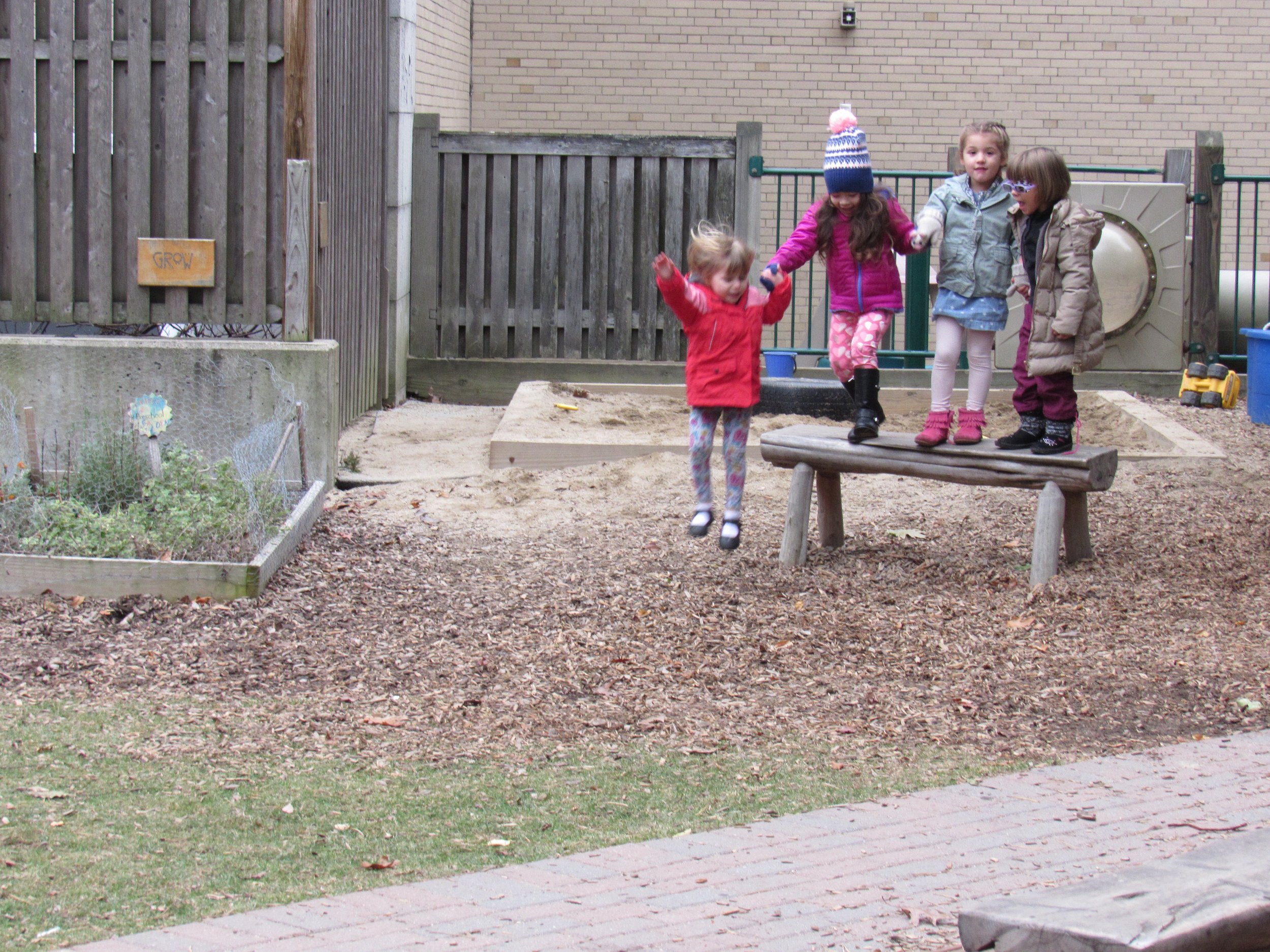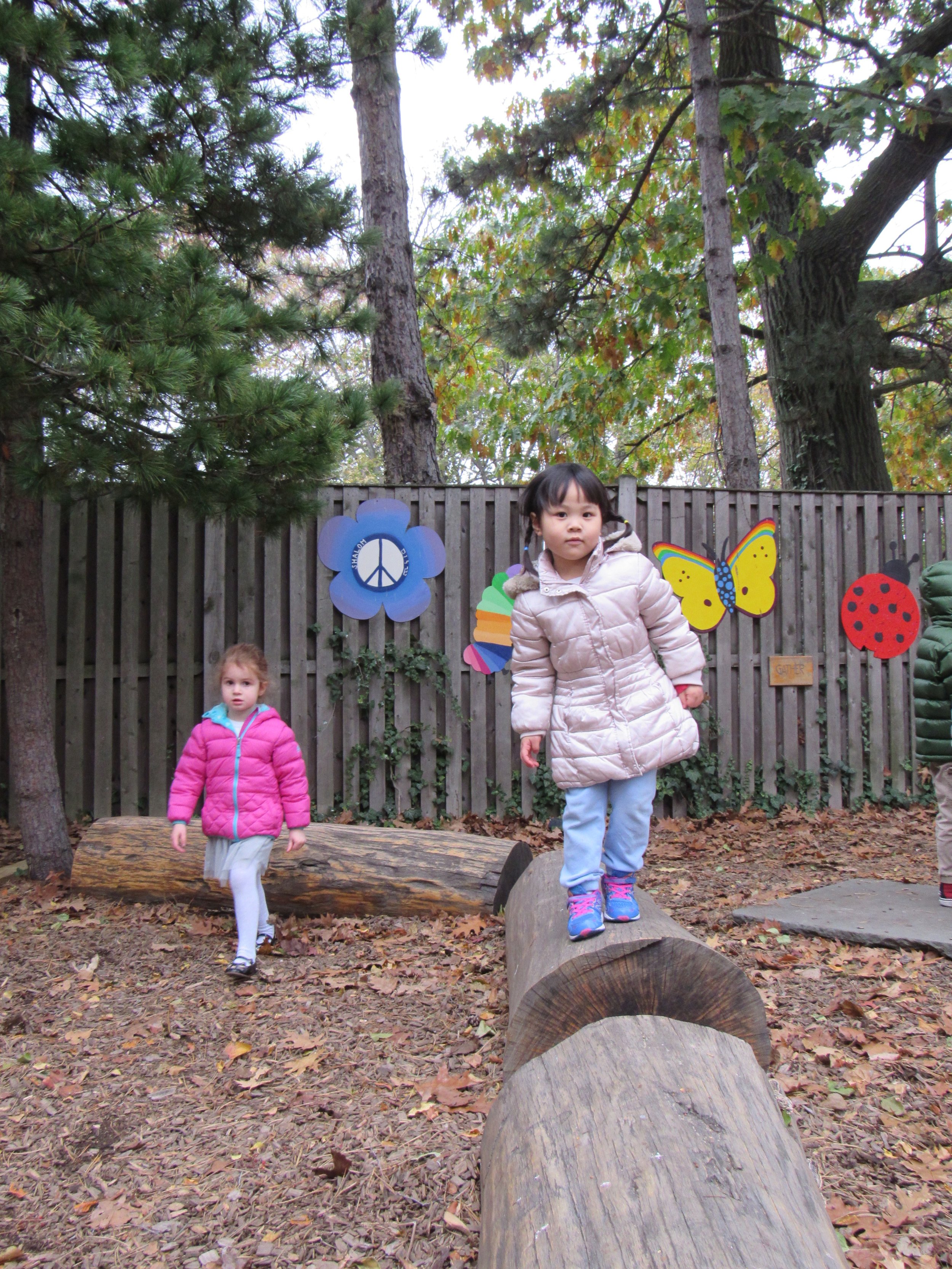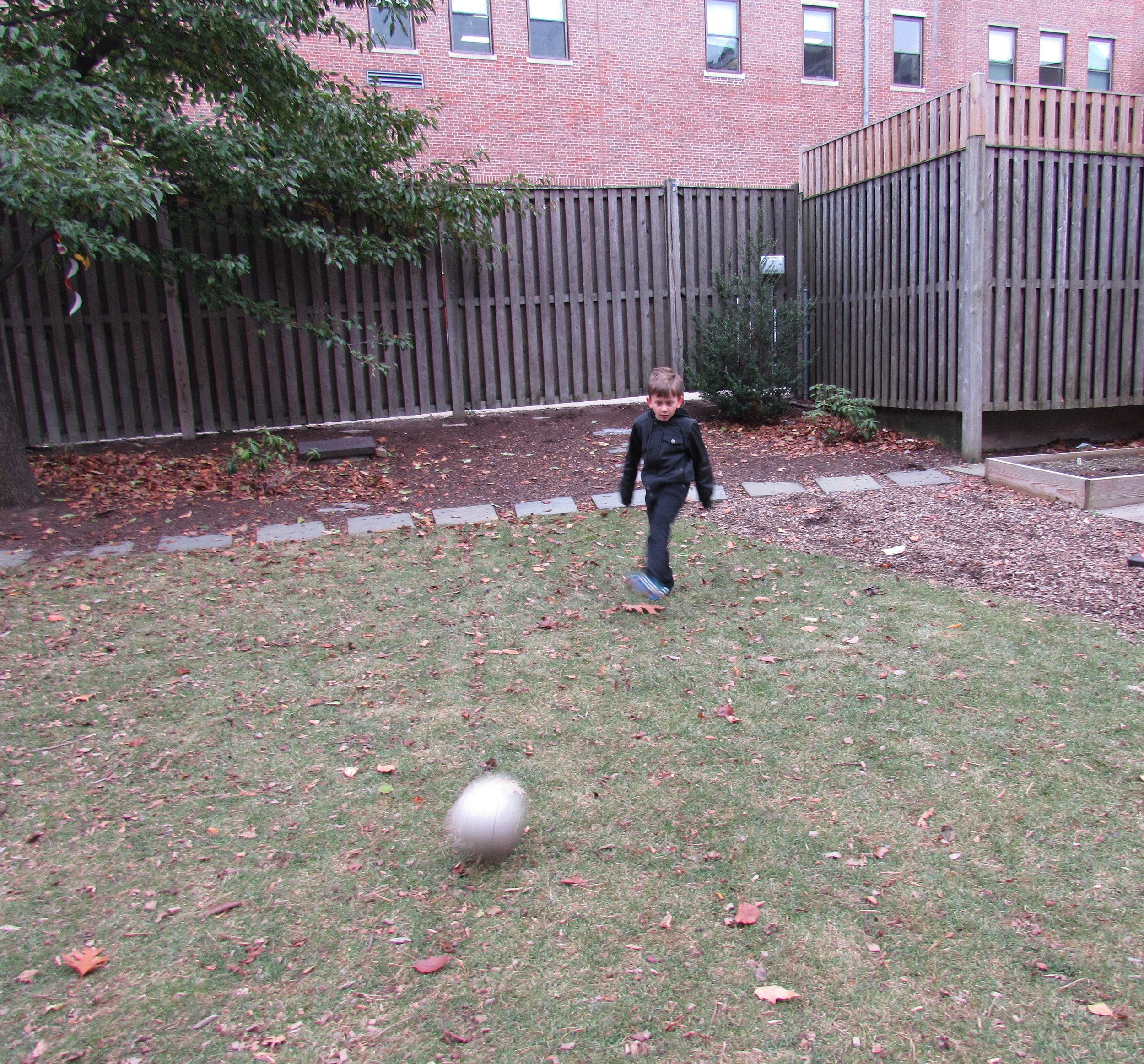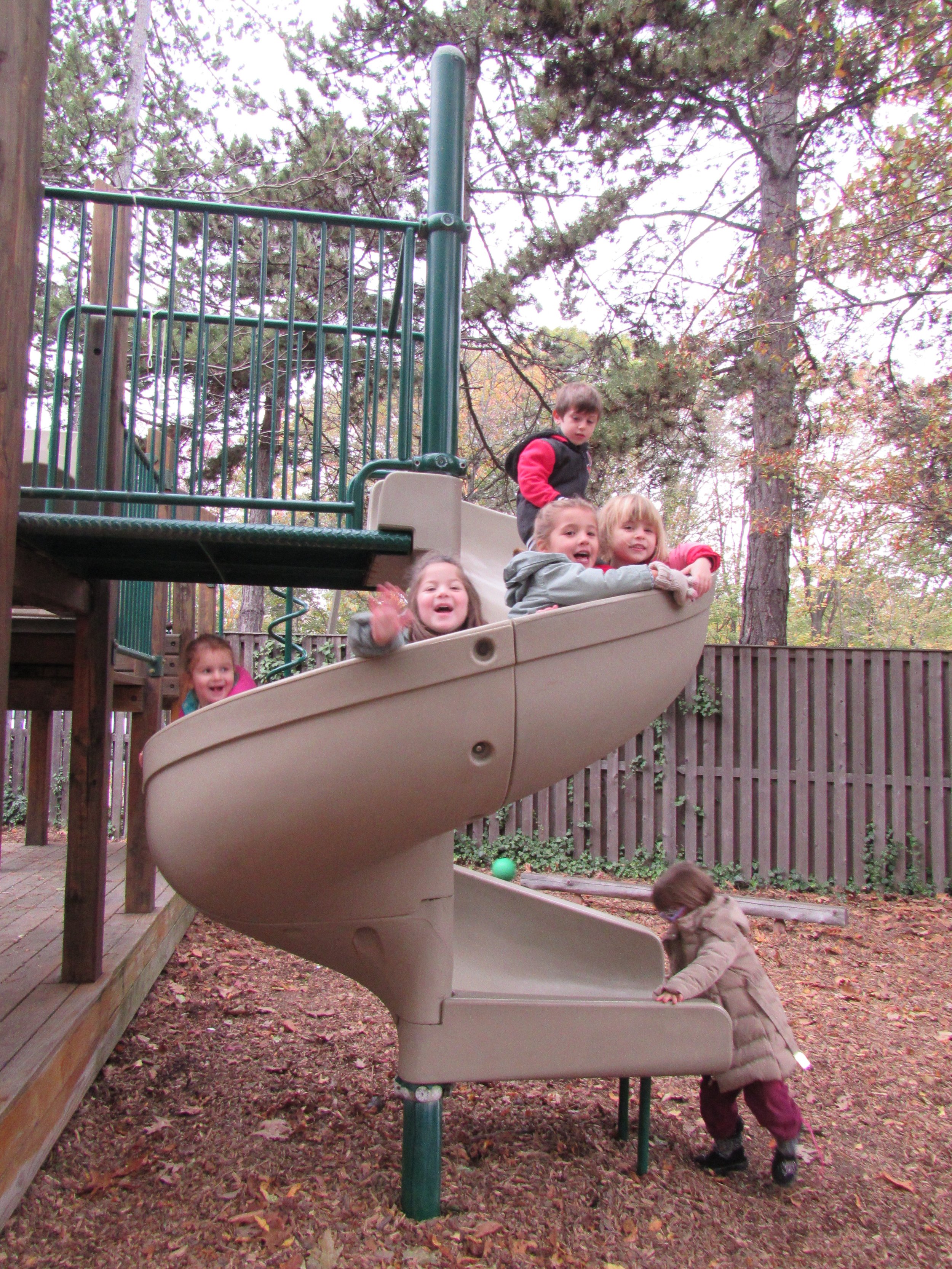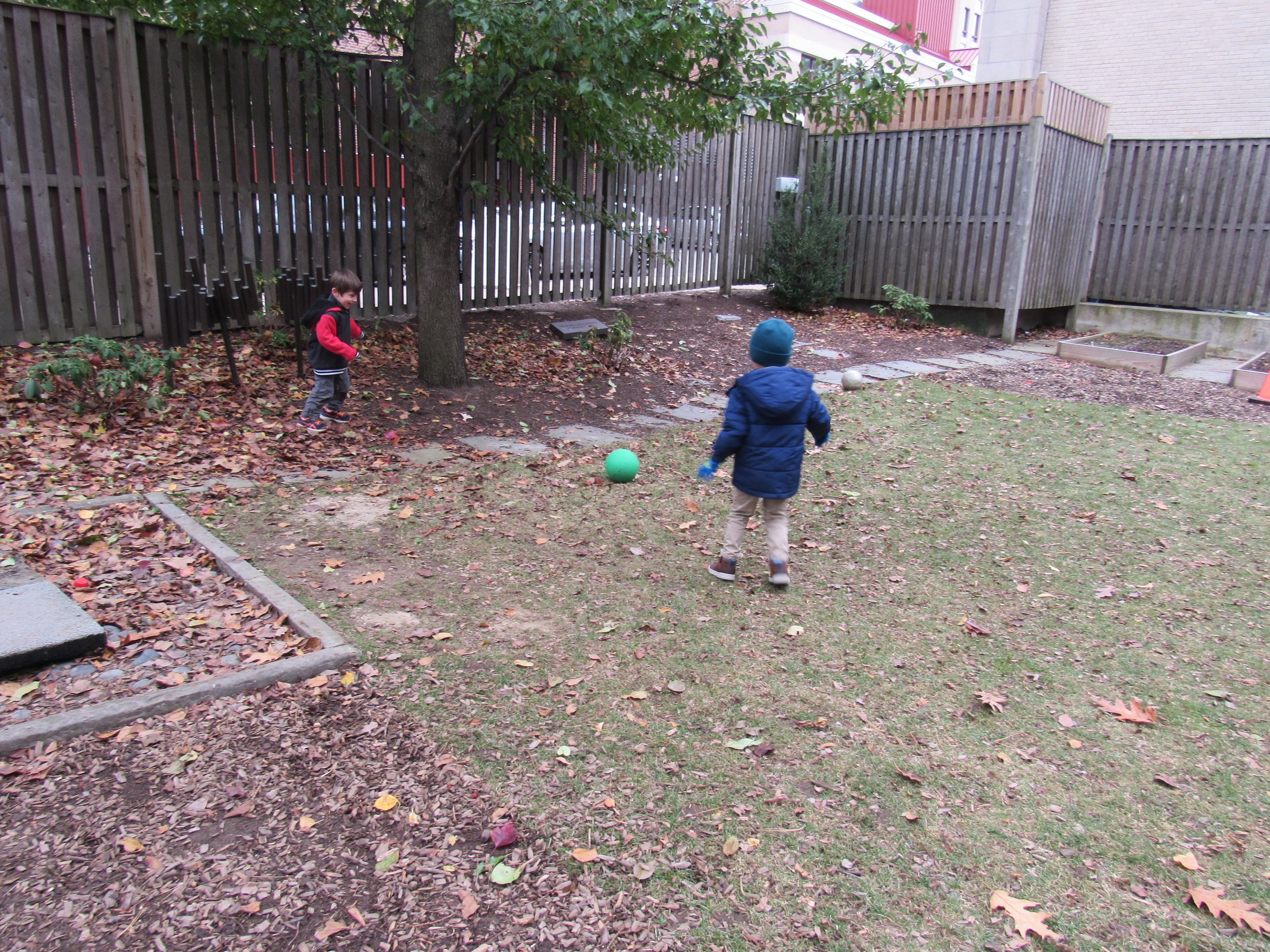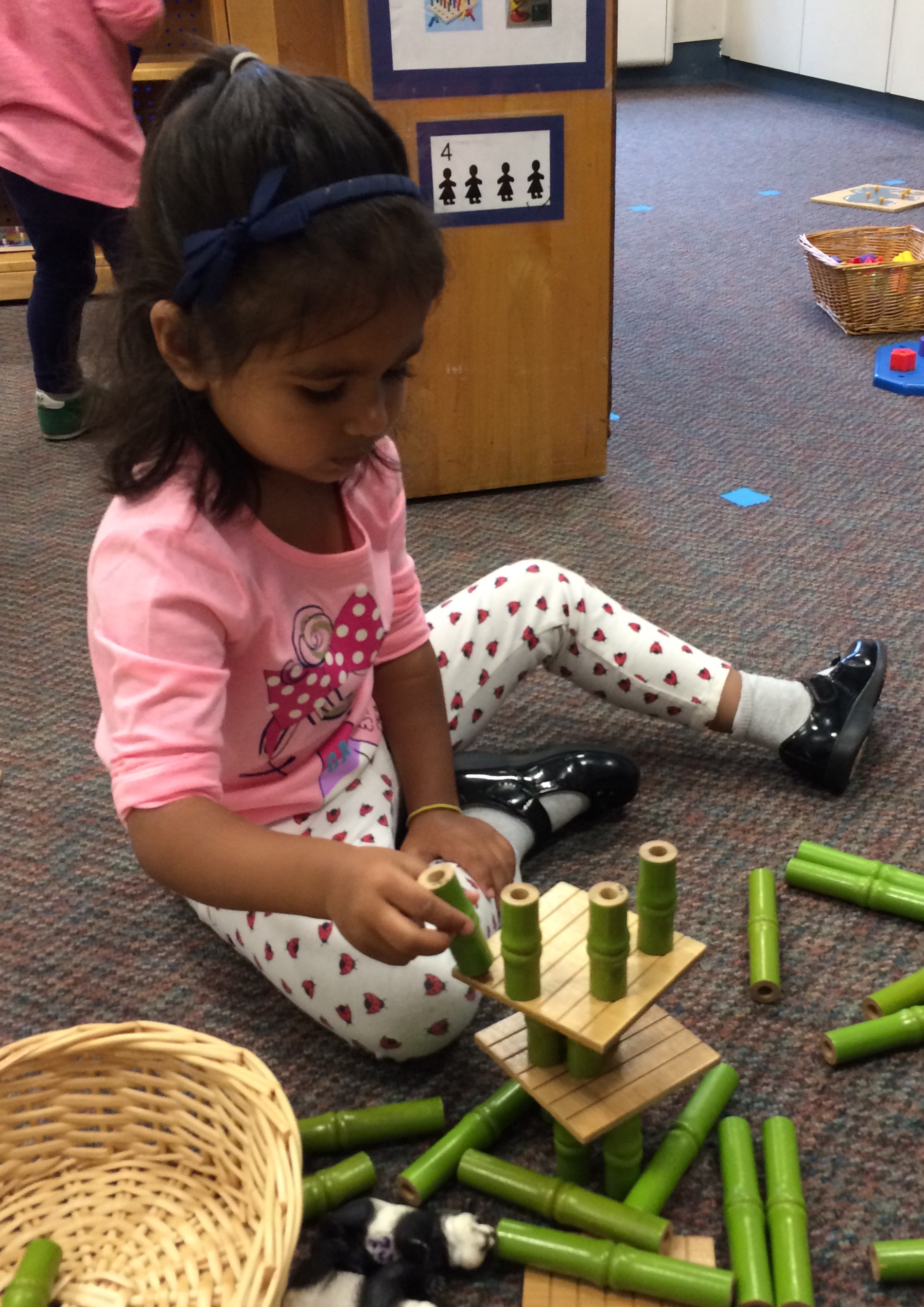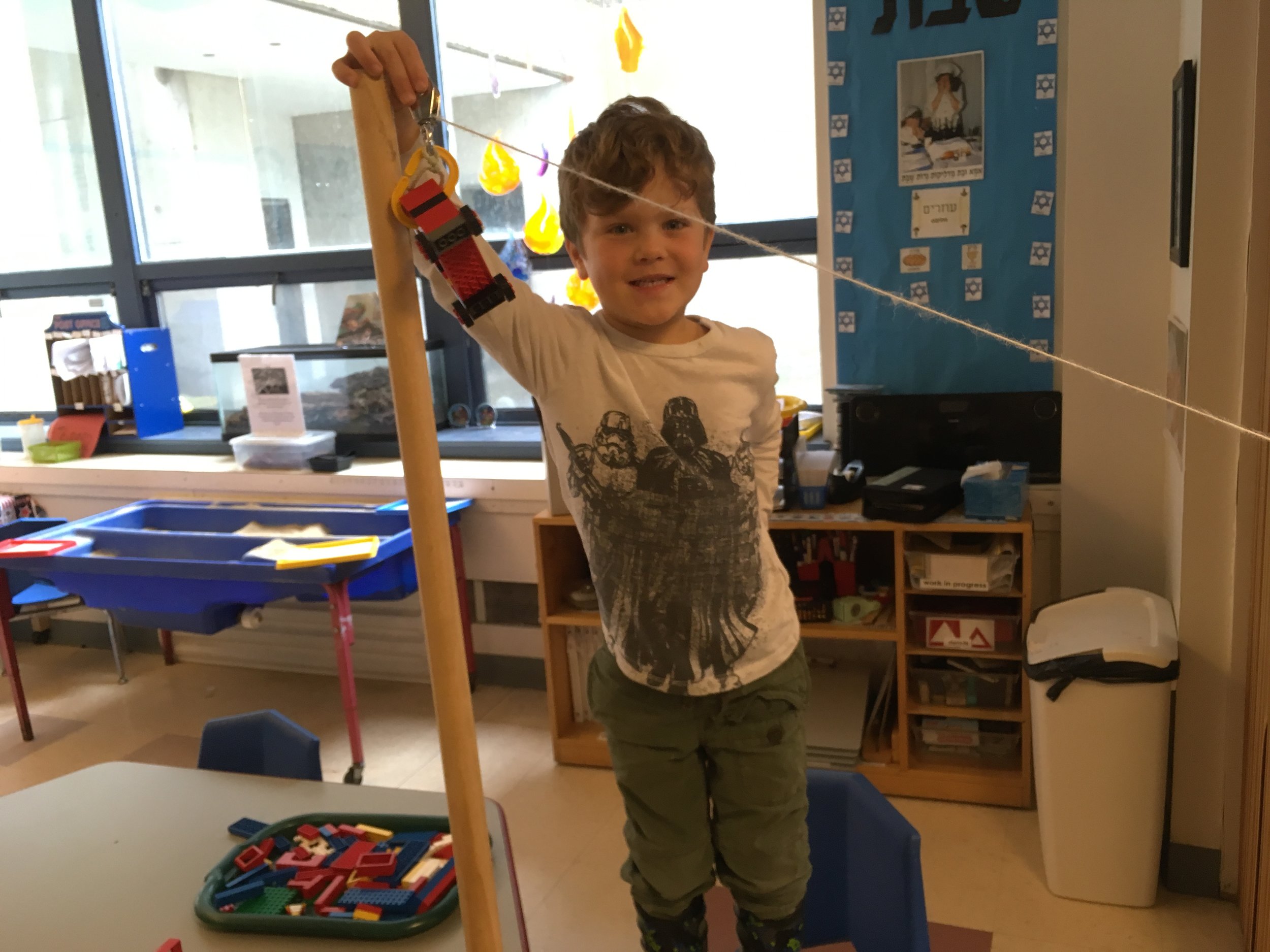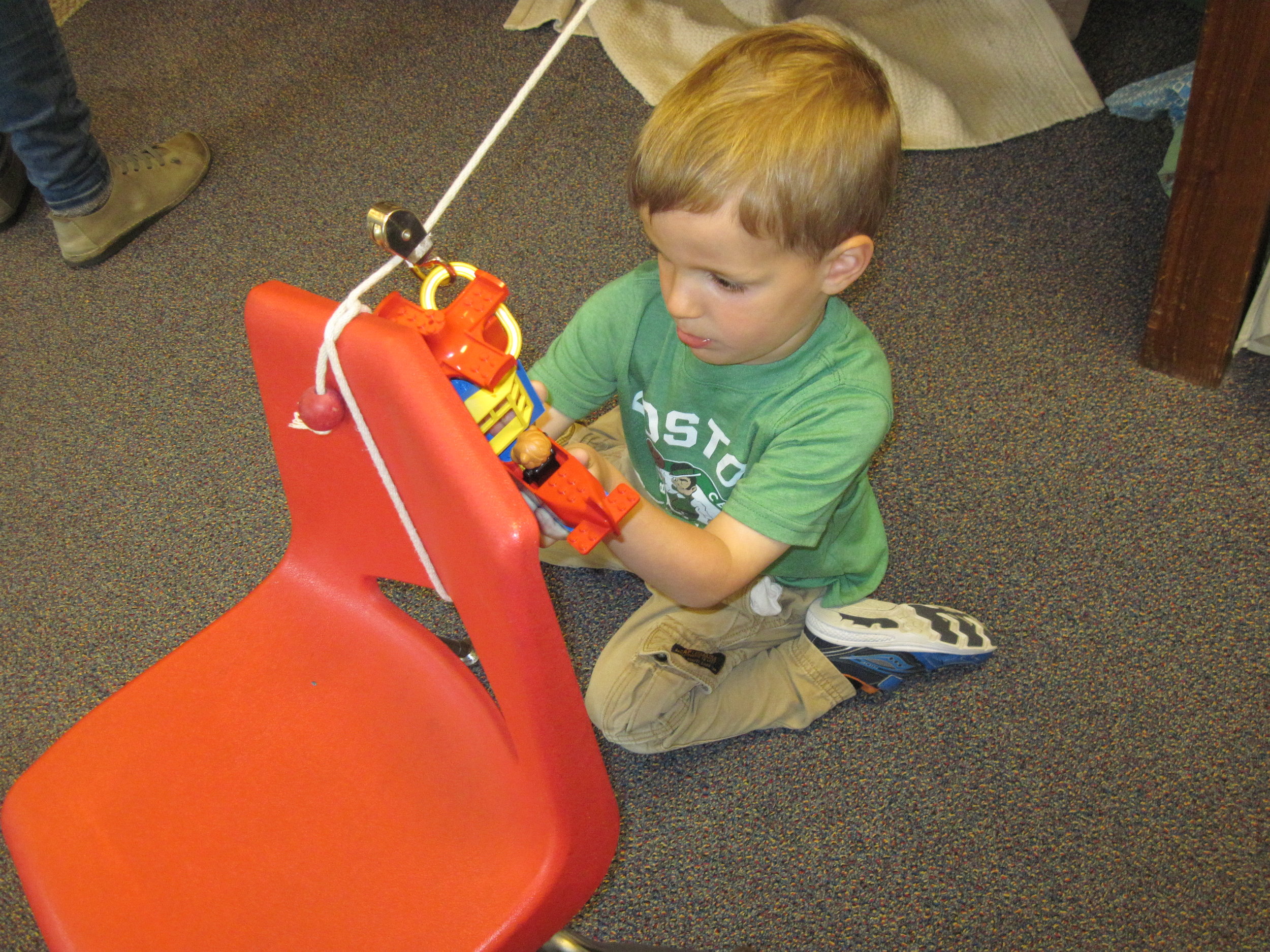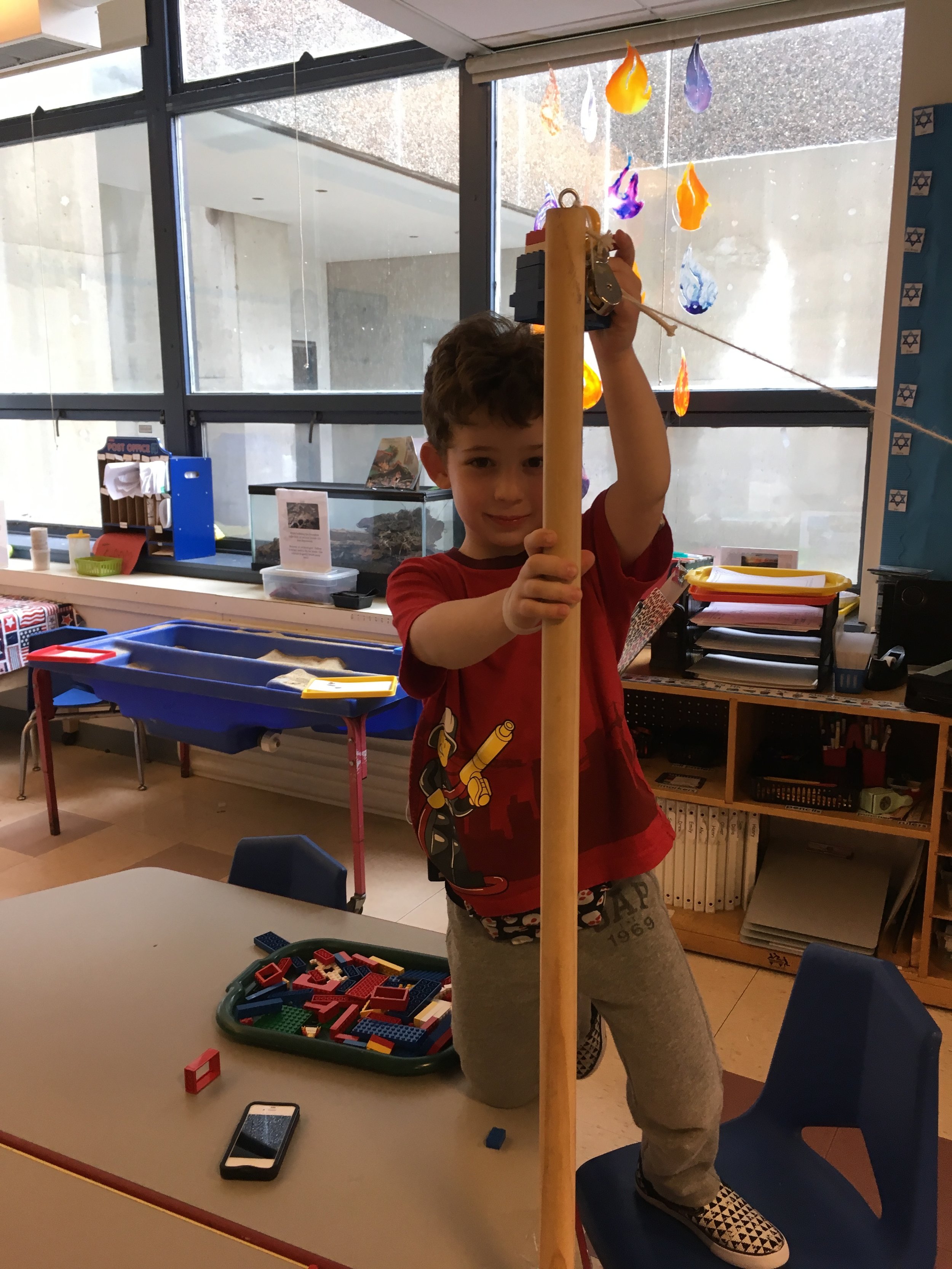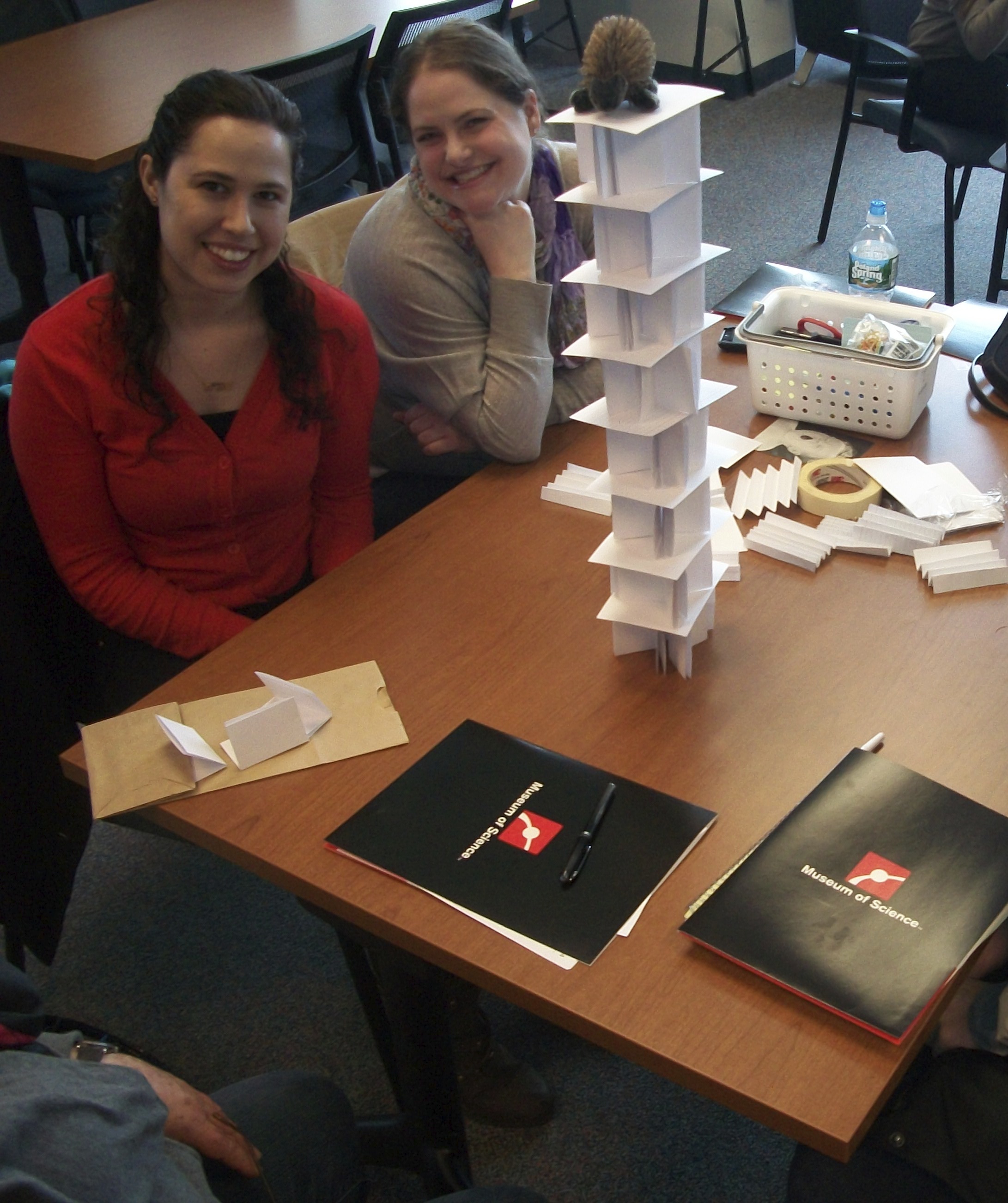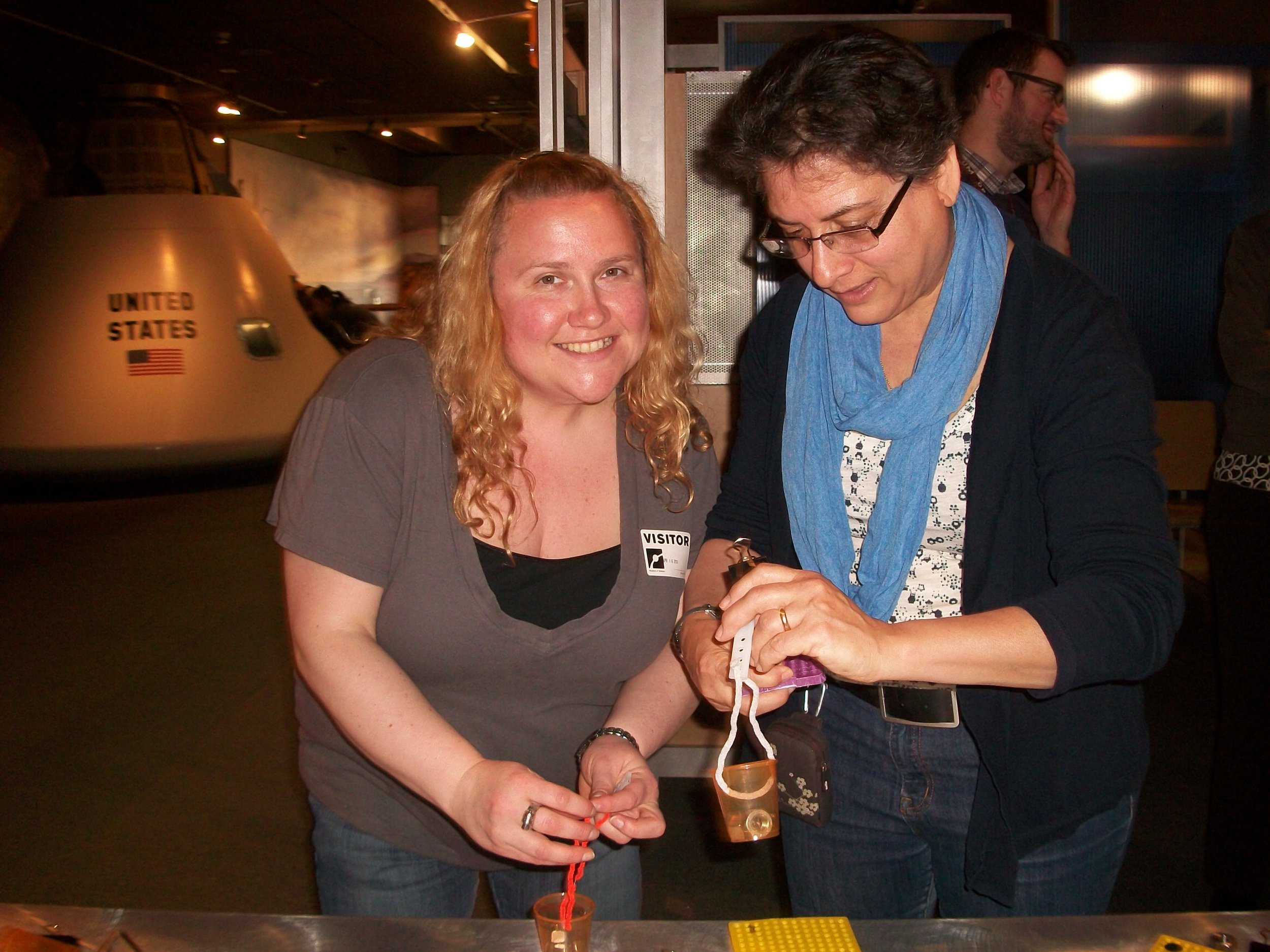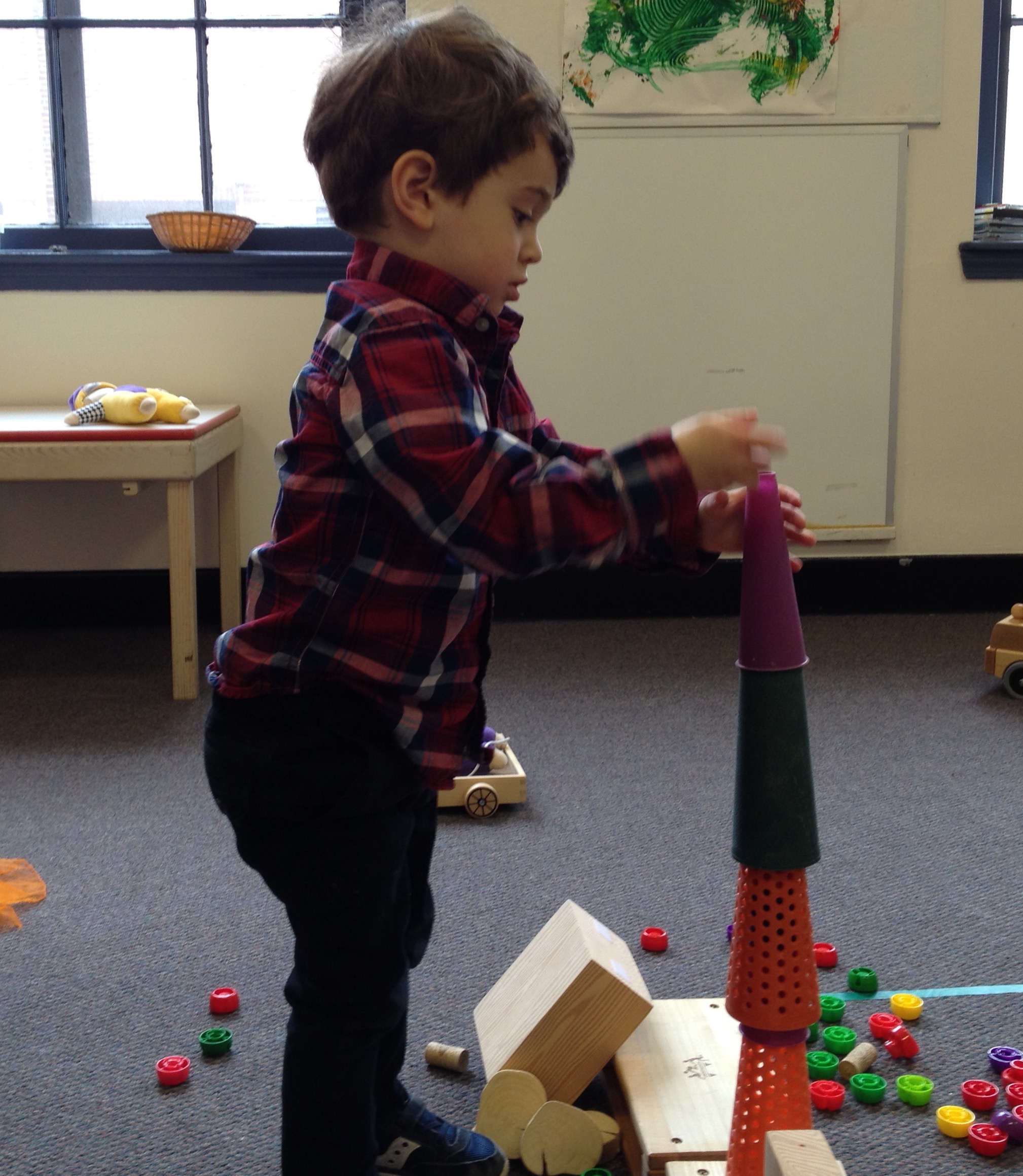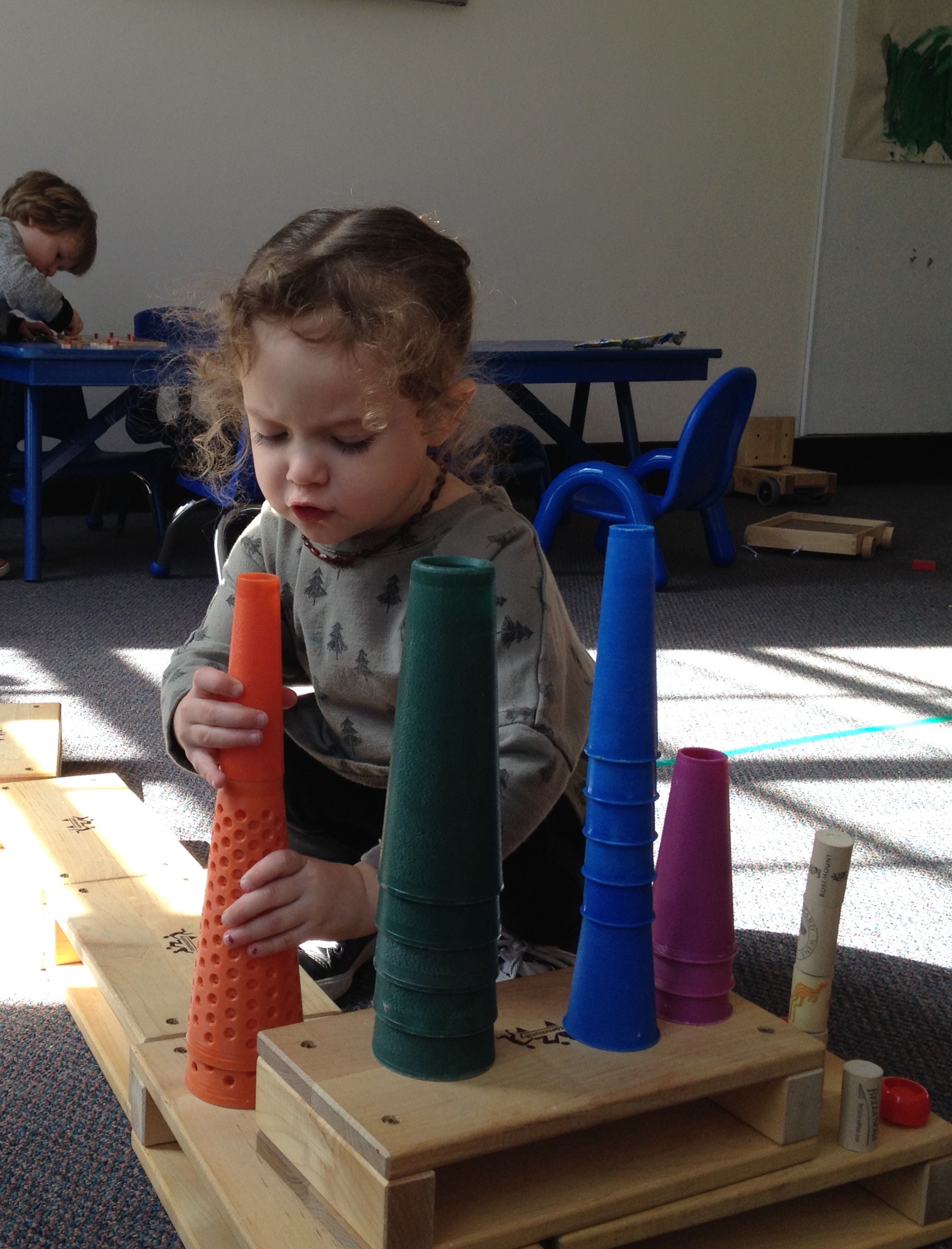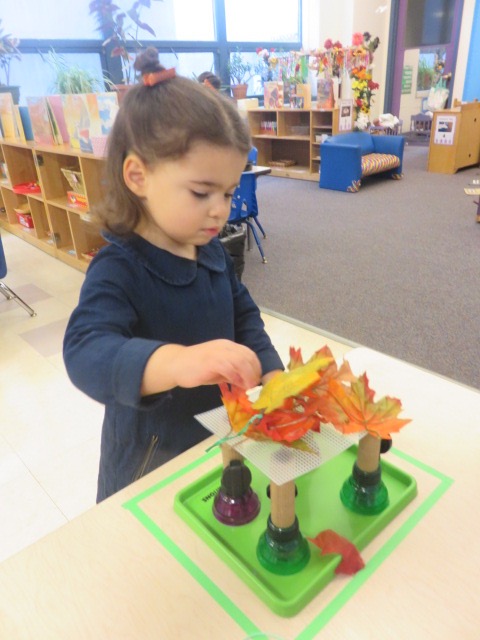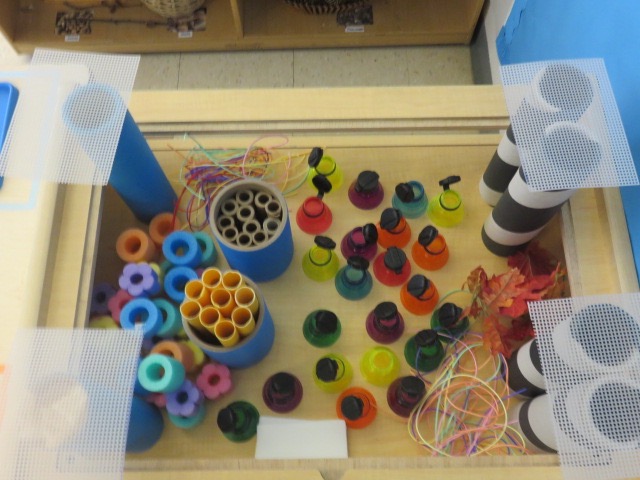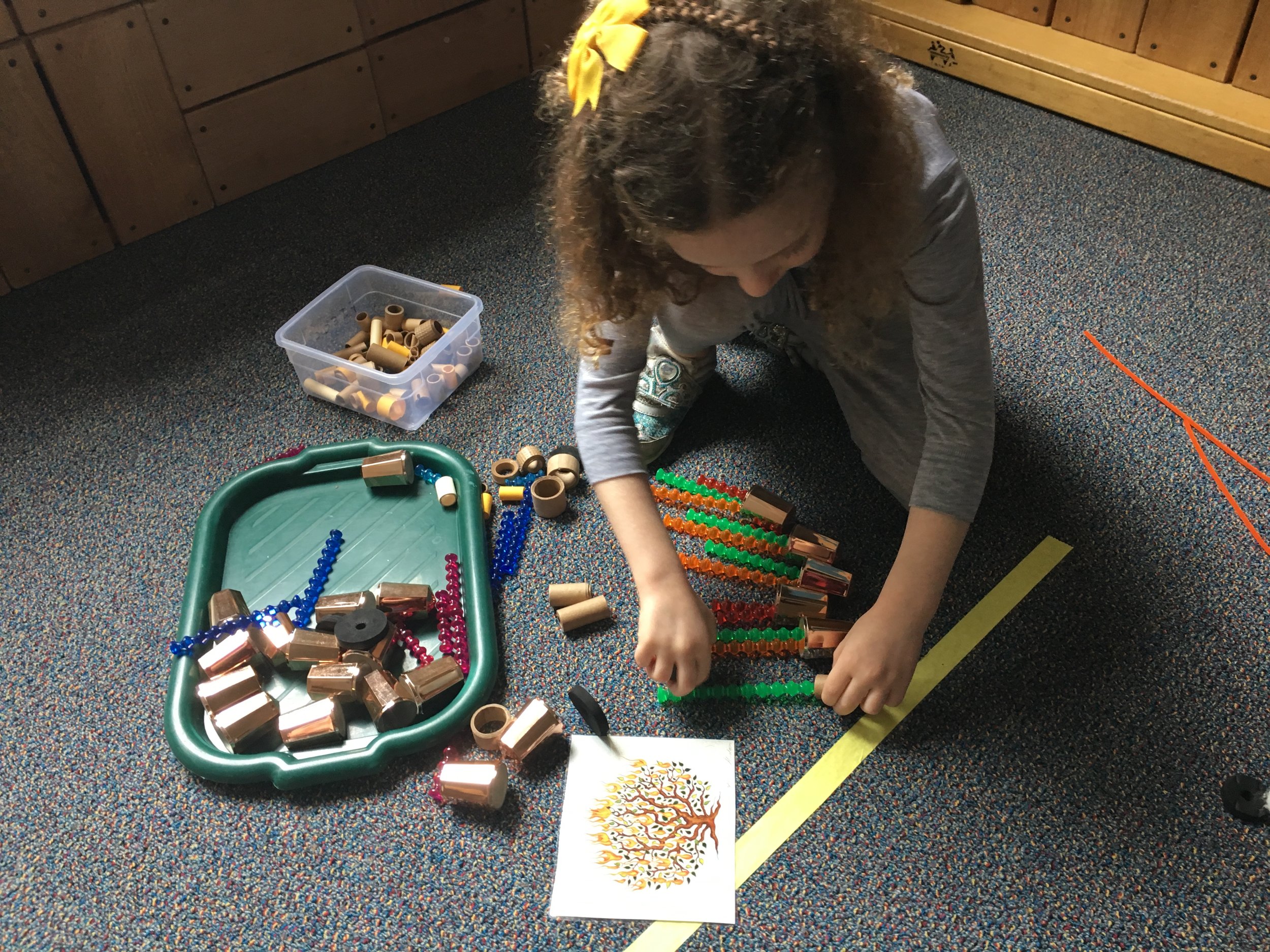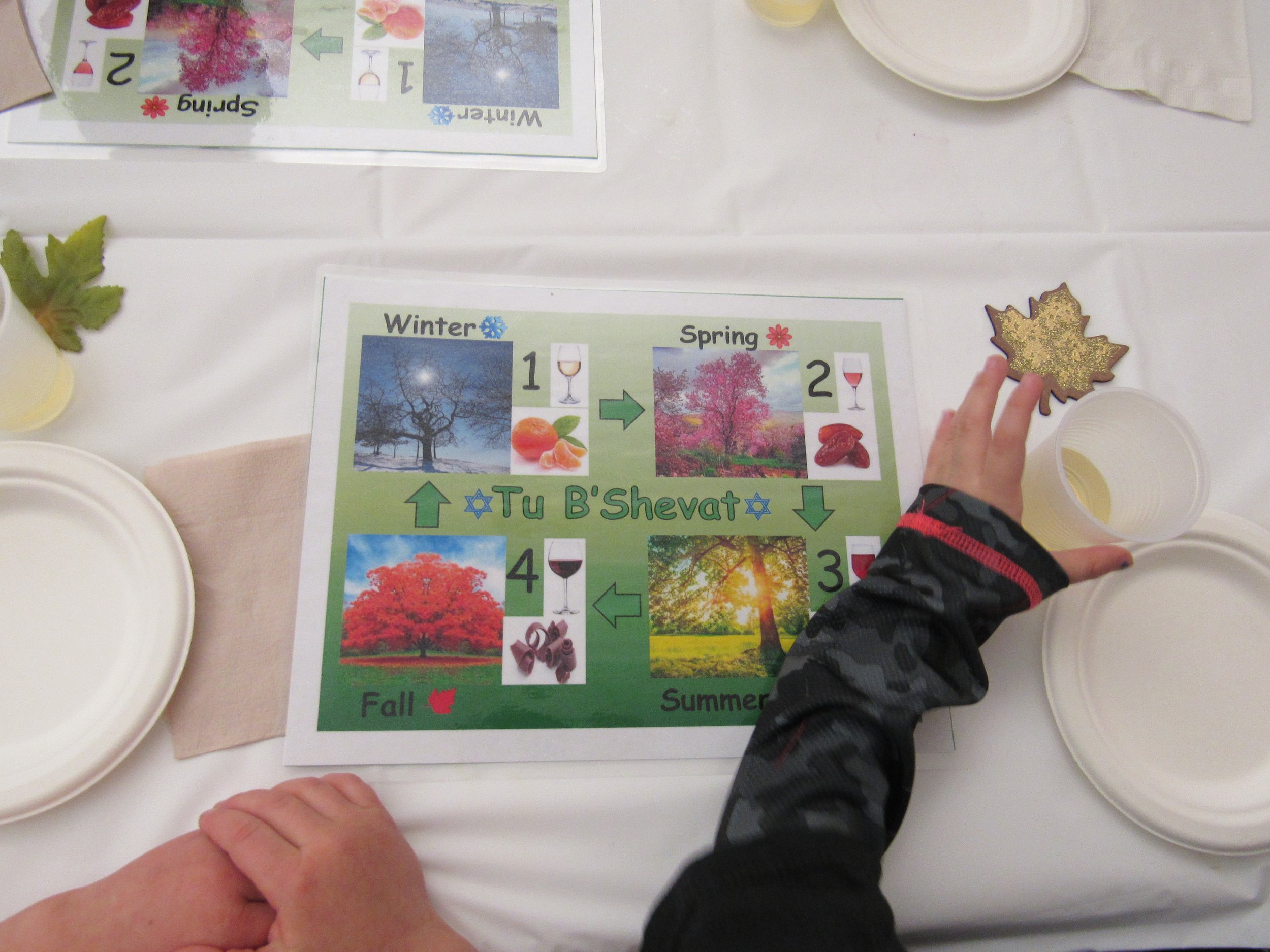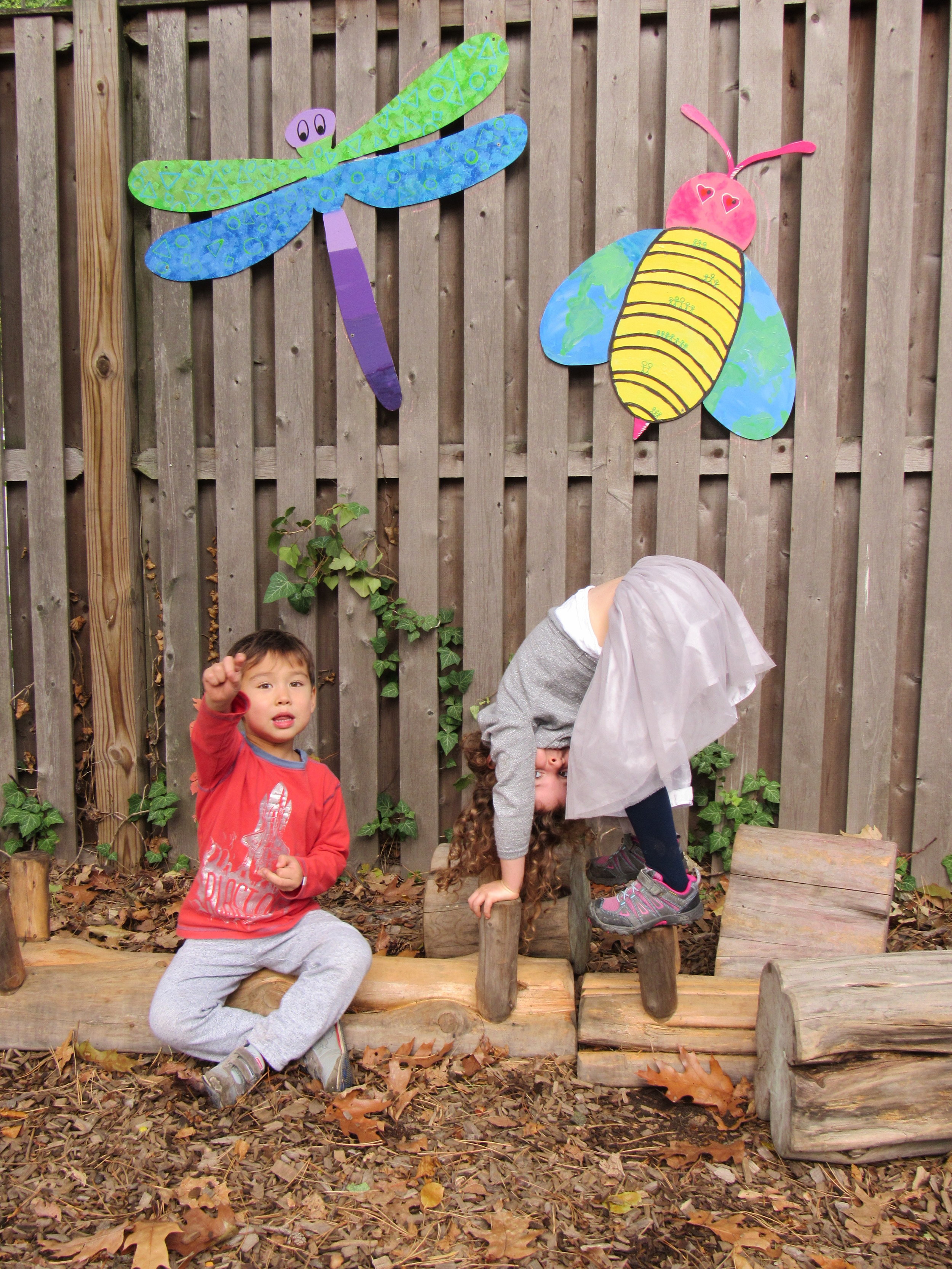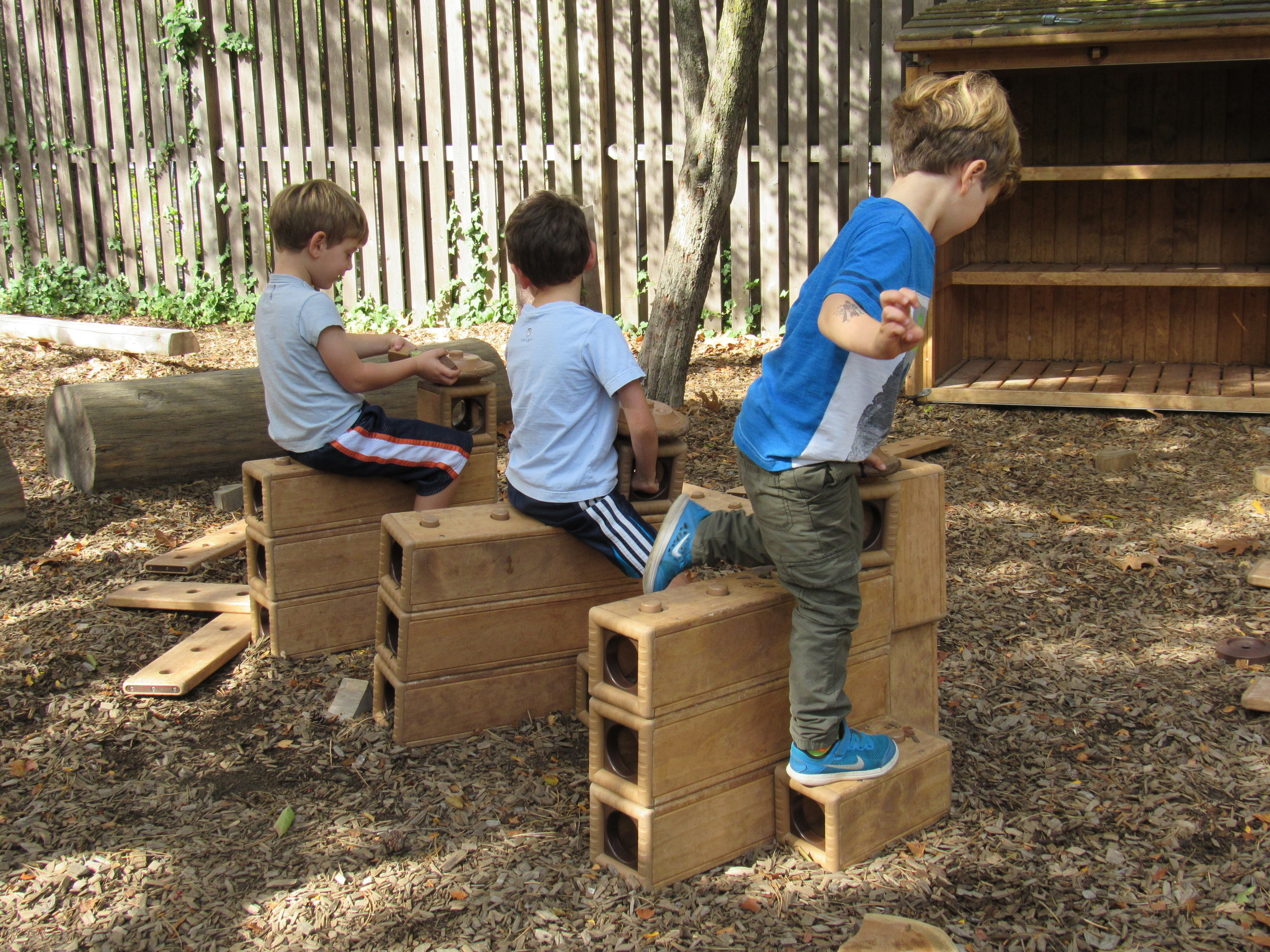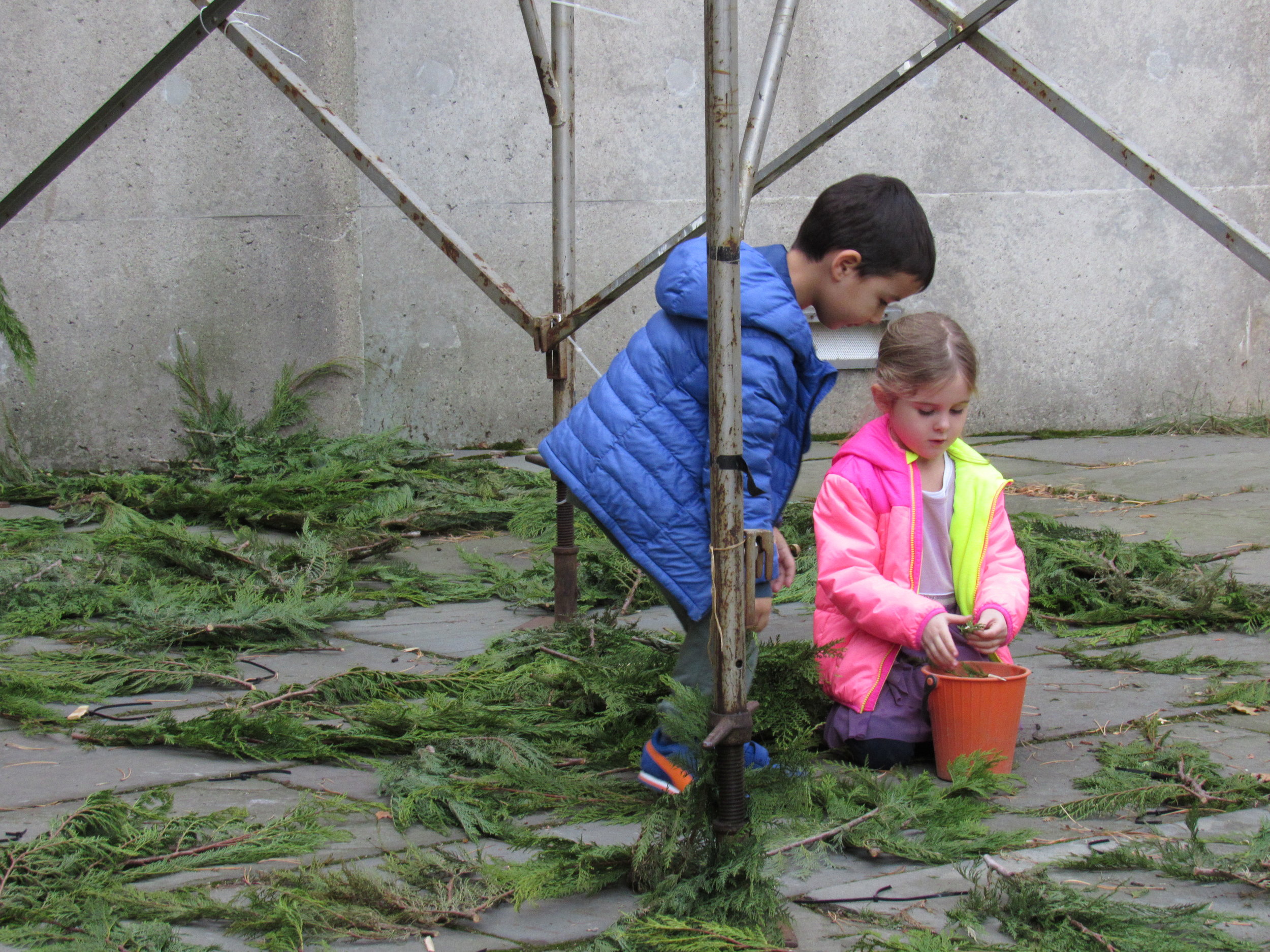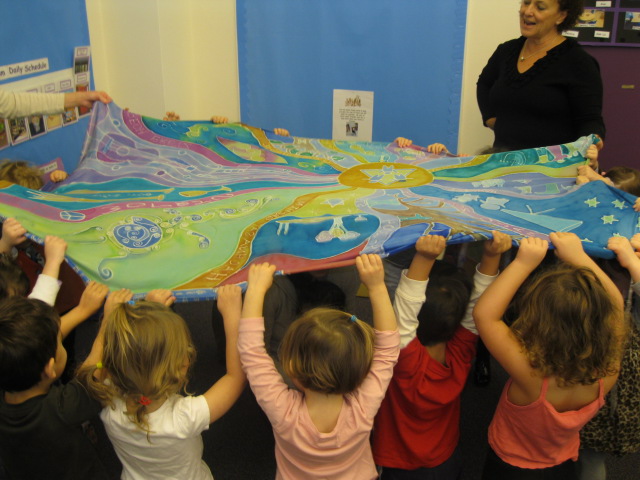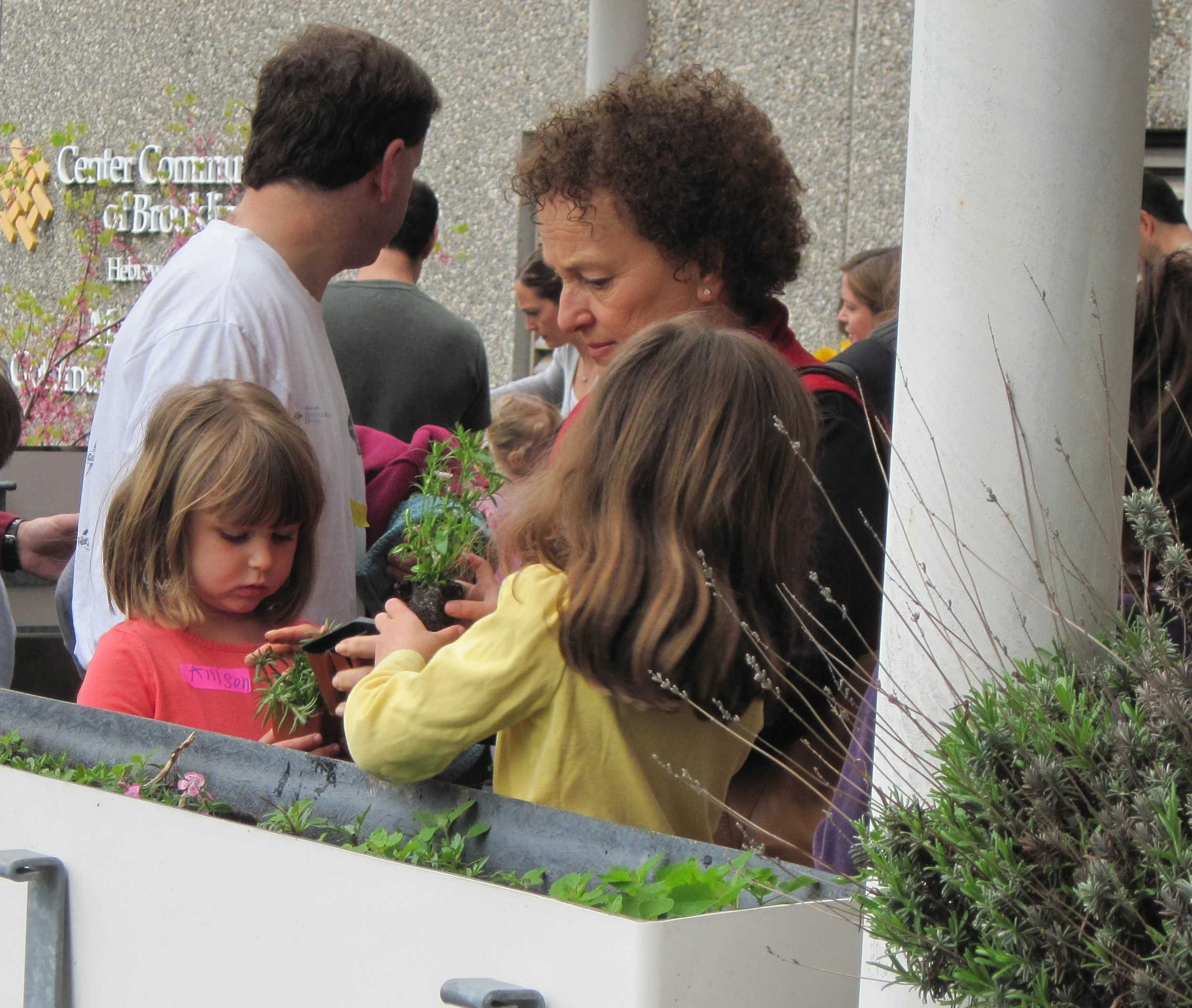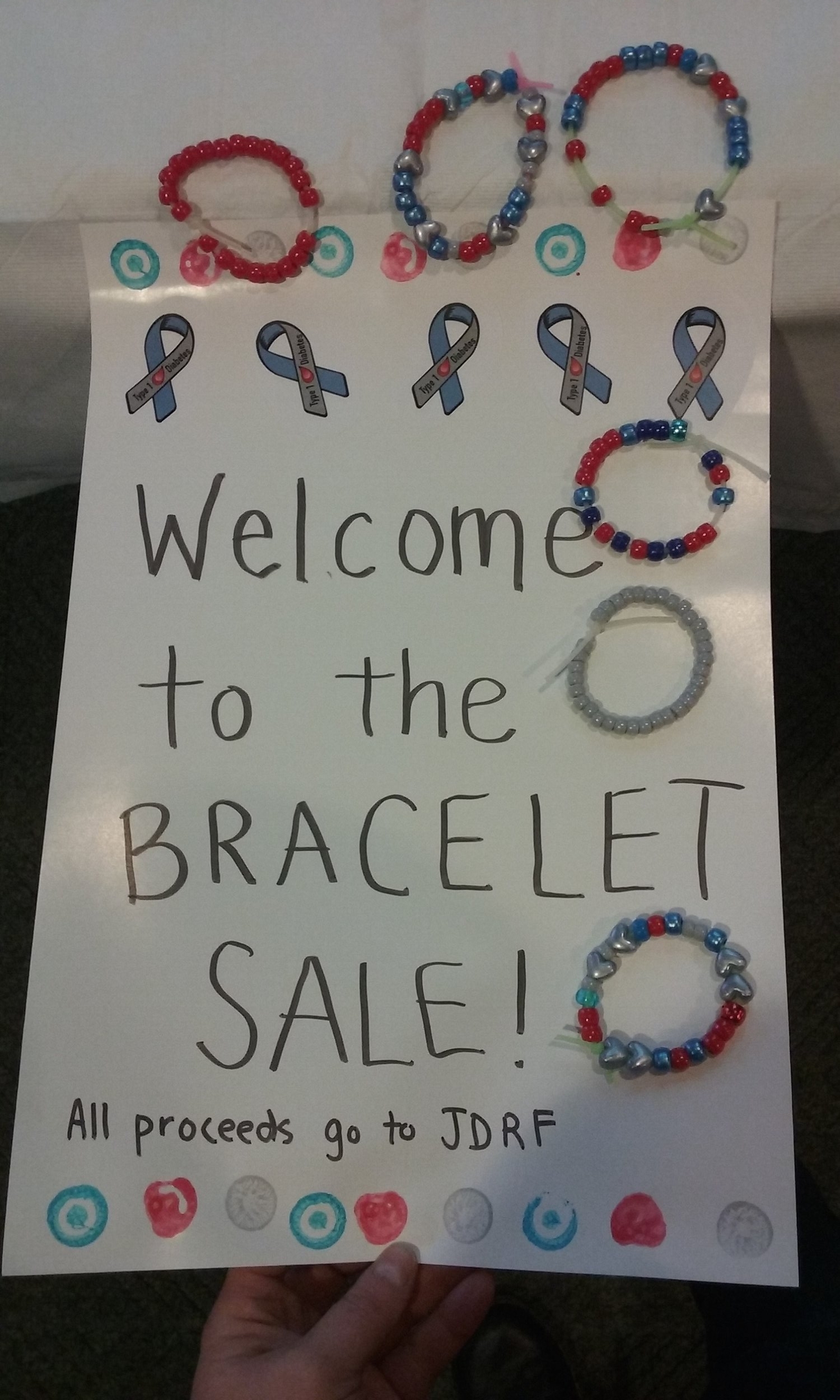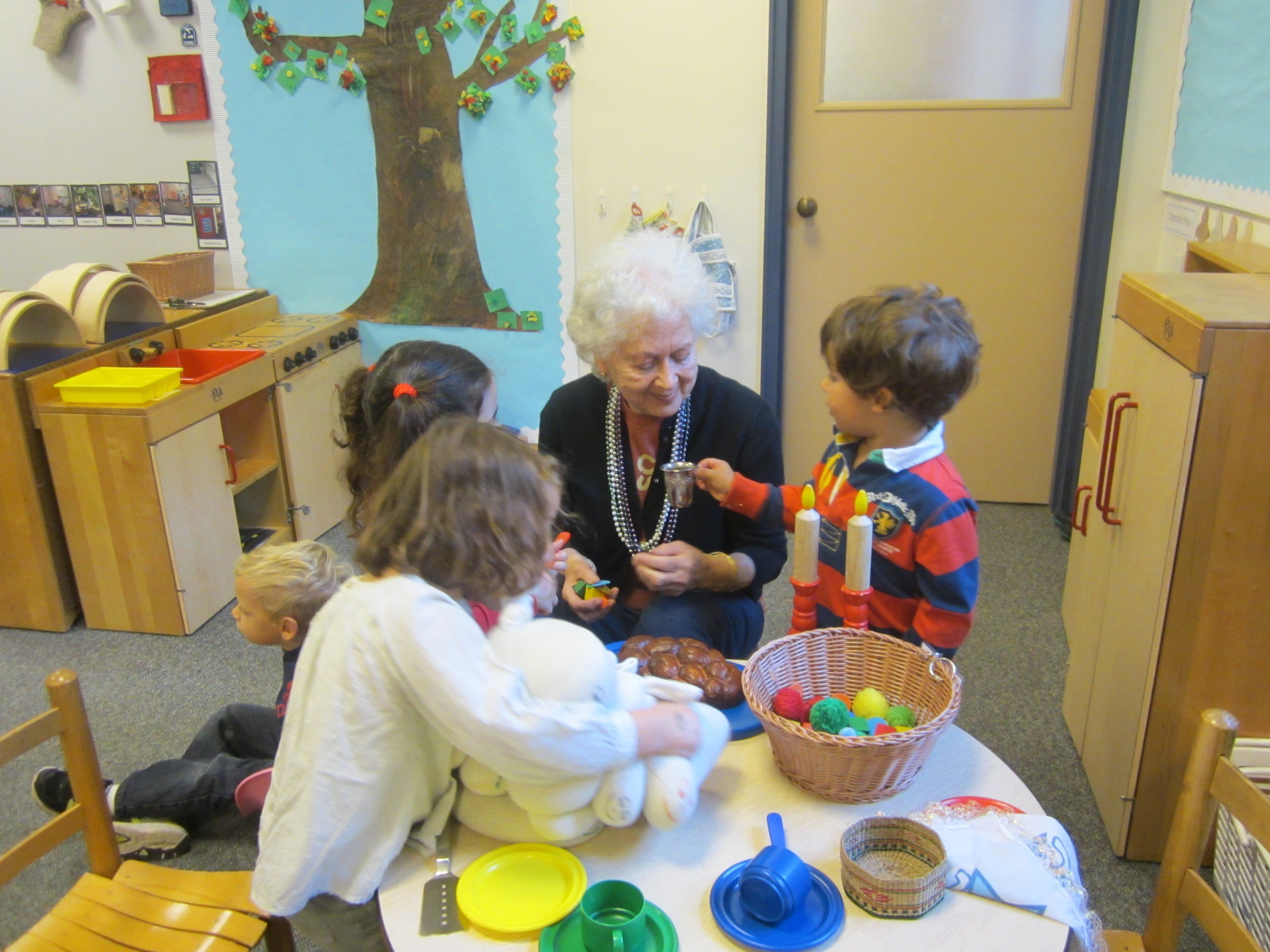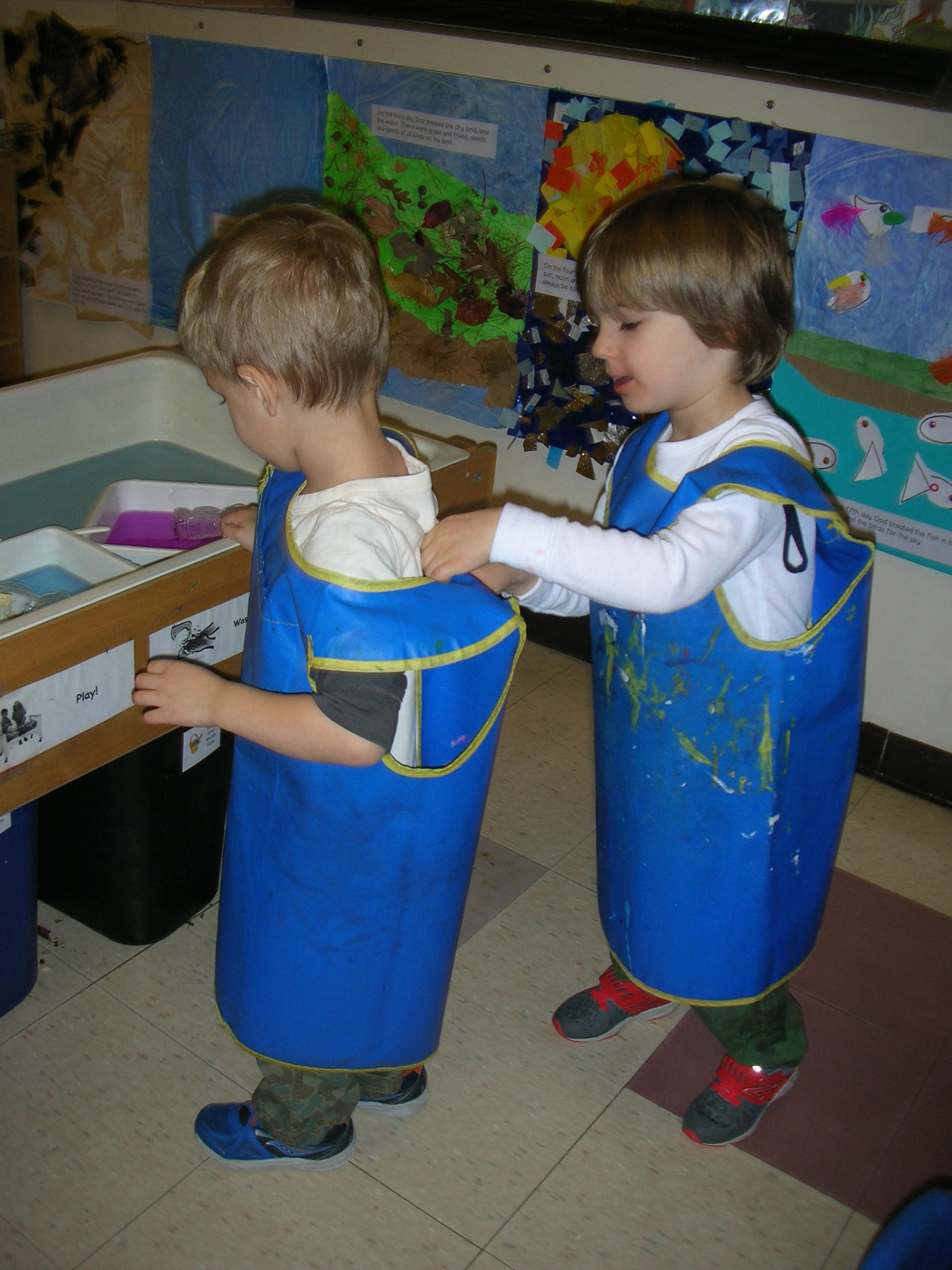Opening School During a Pandemic
/We had no idea we would still be dealing with a pandemic when we abruptly closed our school last March. Our staff had to swing into motion overnight to transition from a traditional learning model to providing school on the Internet. “Zoom” was a term we previously only associated with comic books, and “Marco Polo” with history lessons. Nevertheless, with a fervent determination to succeed, the FJECC team quickly adjusted to teaching in unprecedented ways.
We continue to investigate and apply best practices should we have to return to remote teaching. When we shifted to virtual learning last spring, our faculty developed curriculum content along with a wide assortment of activities, videos, and on-going small group learning opportunities. The result was that each staff member added numerous hours of extra planning to their already heavy workload.
Summer offered little respite with the presence of COVID-19. Our time was devoted to learning about, developing, and applying the continuously changing health and safety protocols to keep our students and staff safe.
Getting ready to open our doors in this new reality created a need to hire new staff, purchase new equipment, and furnish new spaces. Never before did we require PPE items, air filters, or additional sinks and bathrooms in our preschool. Never before did we limit classrooms to ten children. Never before did we have to stagger our drop-off and pick-up procedures so that the mingling of families would be reduced, and never before did we have a policy where families could not enter our classrooms.
Over the years, FJECC has become synonymous with providing a warm and caring community where our parents serve as our partners in so many capacities. With the absence of classroom visits and in-person communication with administrative staff and teachers, creativity was required to develop alternate ways of fostering a close and compassionate community.
Reopening our school amid a pandemic took both innovation and fortitude. Creating an environment where children are expected to wear masks and social distance, where materials and surfaces have to be sanitized multiple times throughout the day, and where numerous stringent policies from the state and EEC are consistently enforced, are just a few of the many challenges we have faced. Our teachers were called upon to use their ingenuity and resourcefulness to provide a safe yet stimulating environment for their students, moving through all these transitions with determination and resilience.
On September 8th, FJECC welcomed students back for in-person learning. The children did an amazing job adjusting to school even without their parents accompanying them to their classrooms. After being at home for such a long period, the children craved the intellectual stimulation, structure, and social interaction our setting provides. We daily witness joyful, energetic, and thoroughly engaged children in the playful learning process implemented at our school.
Despite the new reality in which we are all living, FJECC is very grateful to have been able to welcome back so many students eager and ready to learn. I extend heartfelt thanks and appreciation to the many individuals who have worked closely with our staff, and especially to the members of our Board for their dedication, support, and selfless sacrifice throughout this endeavor.
Helen Cohen











